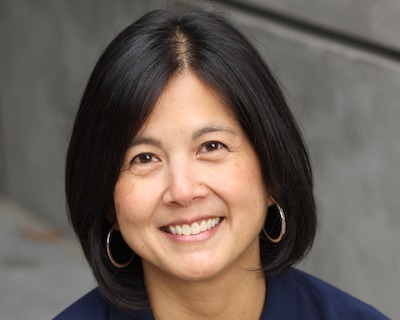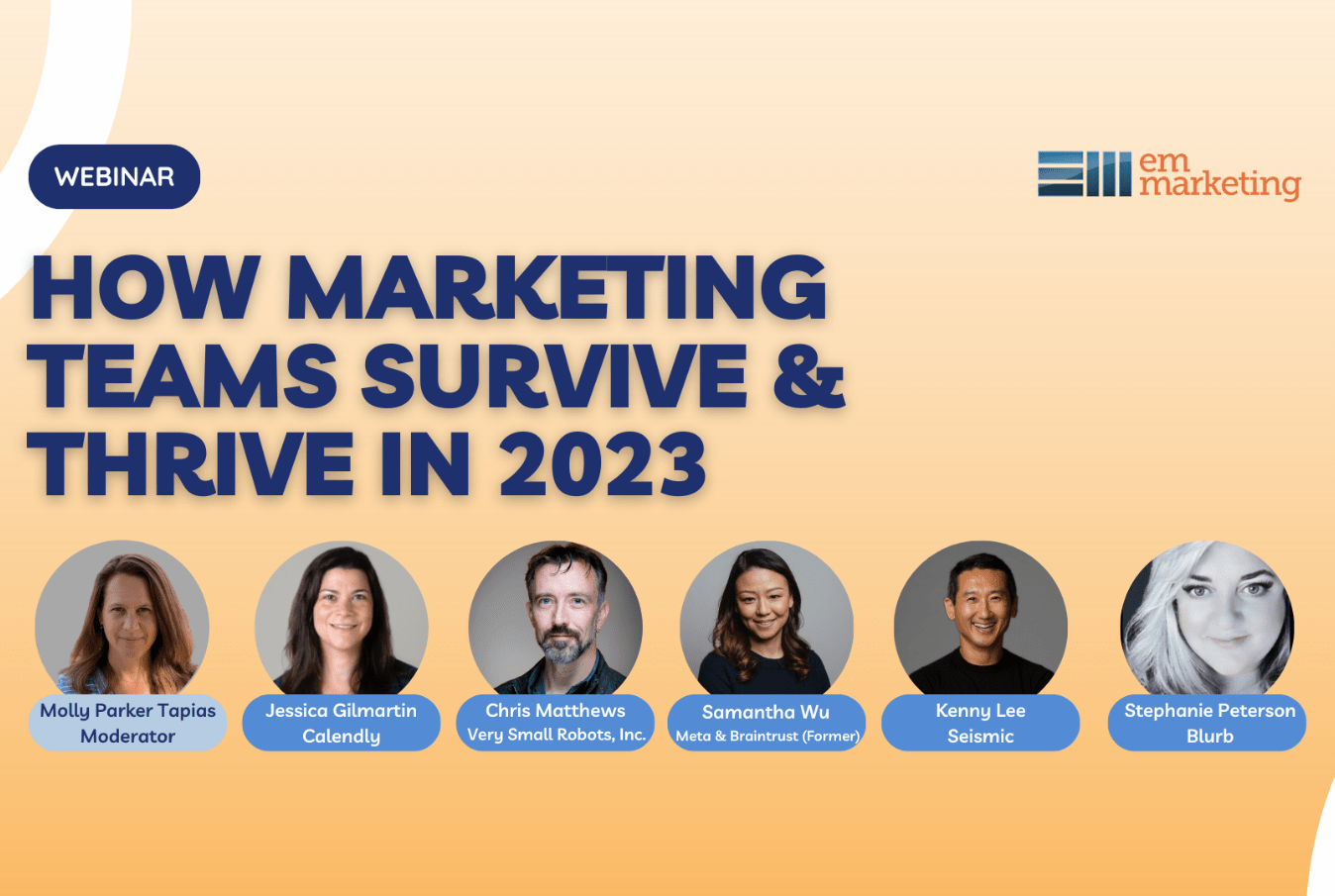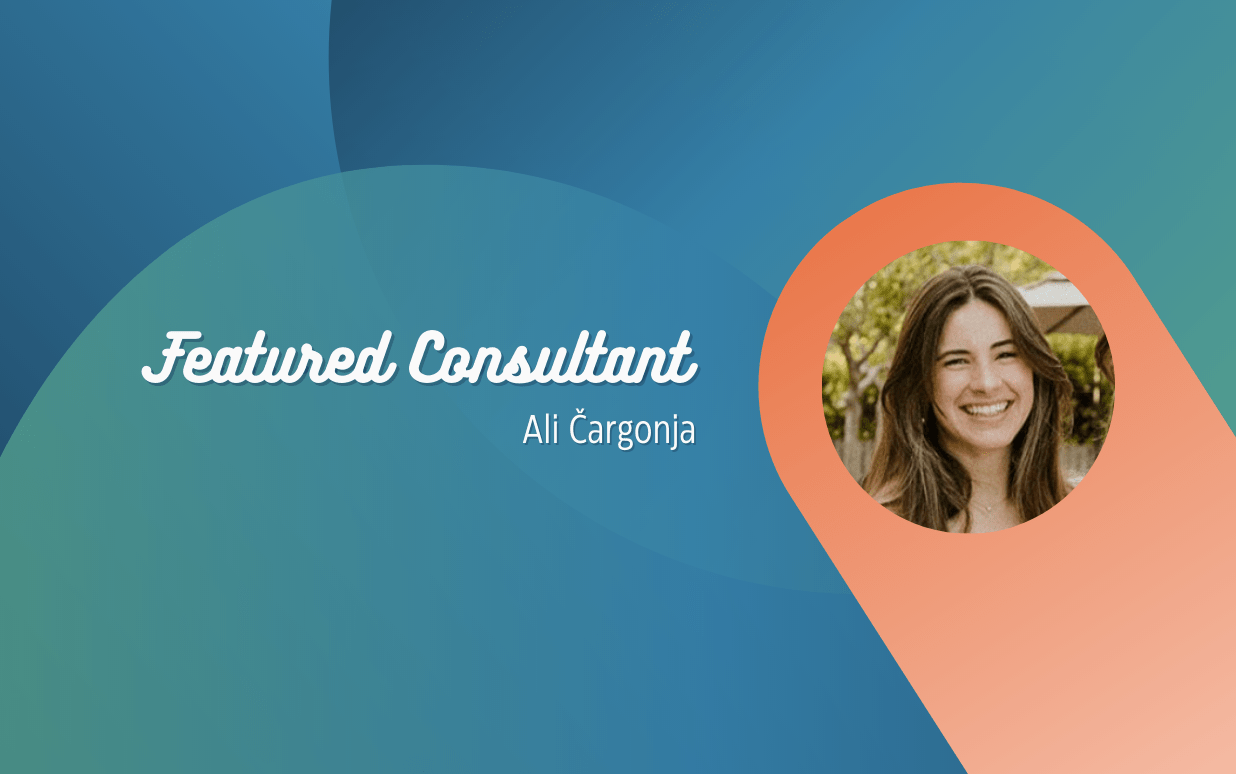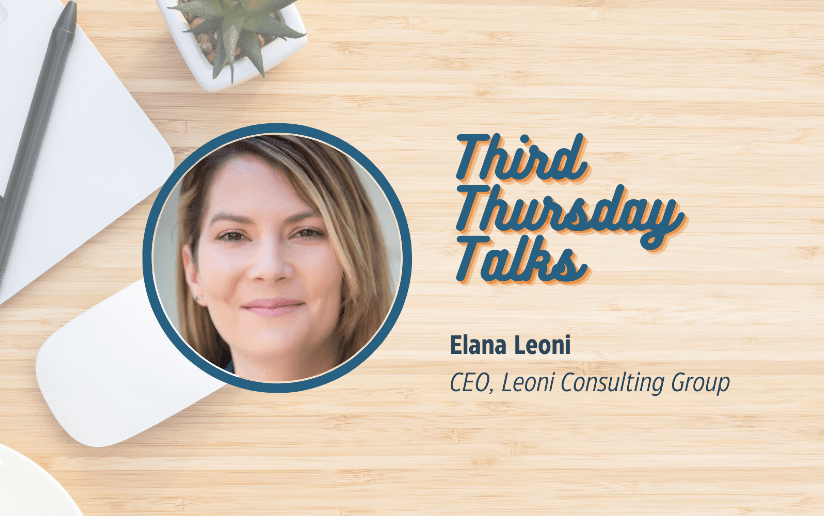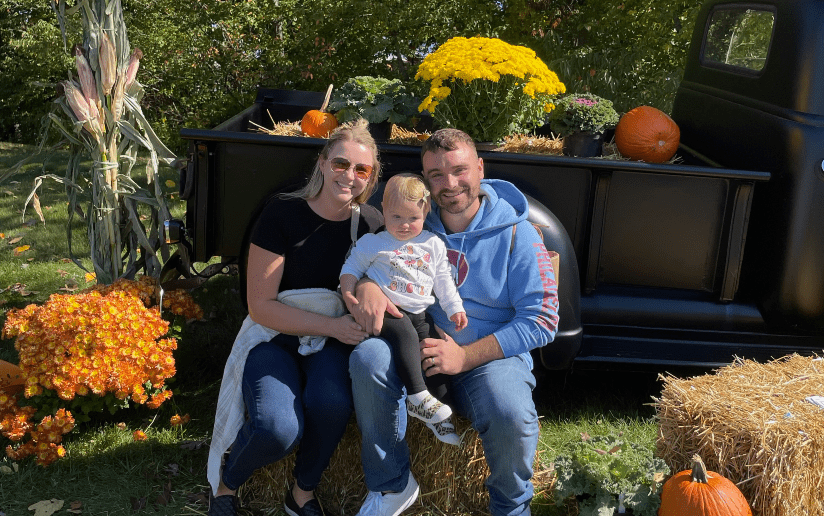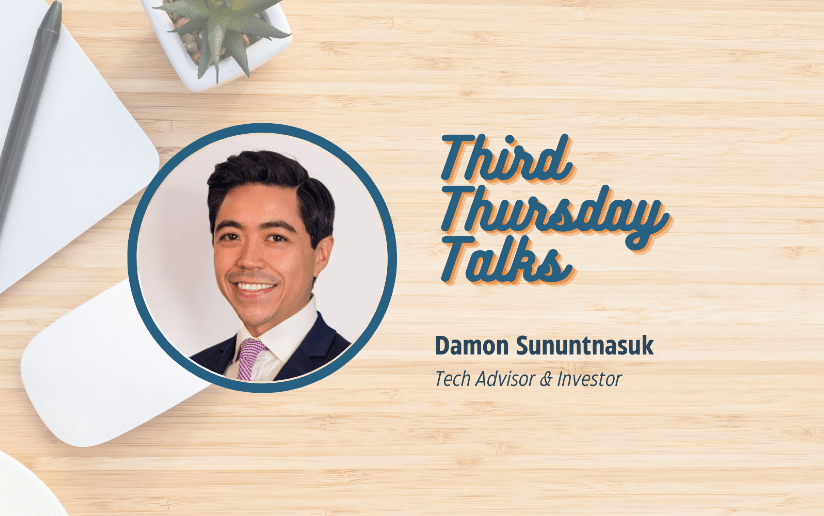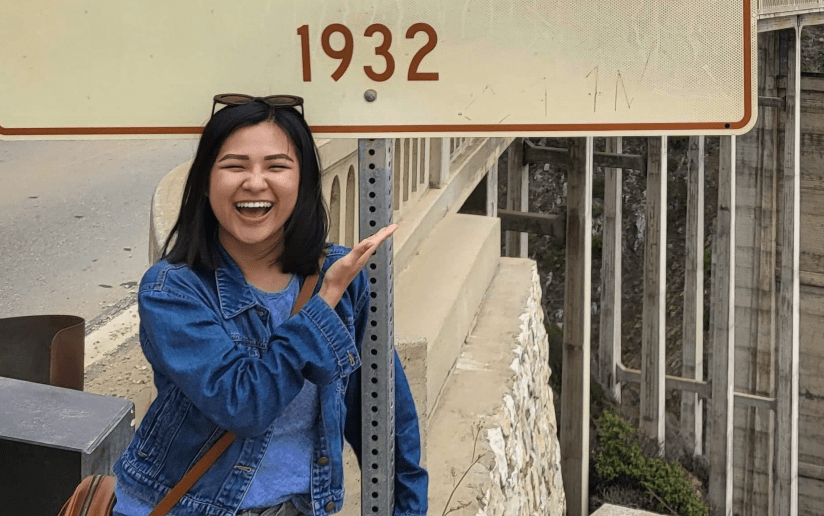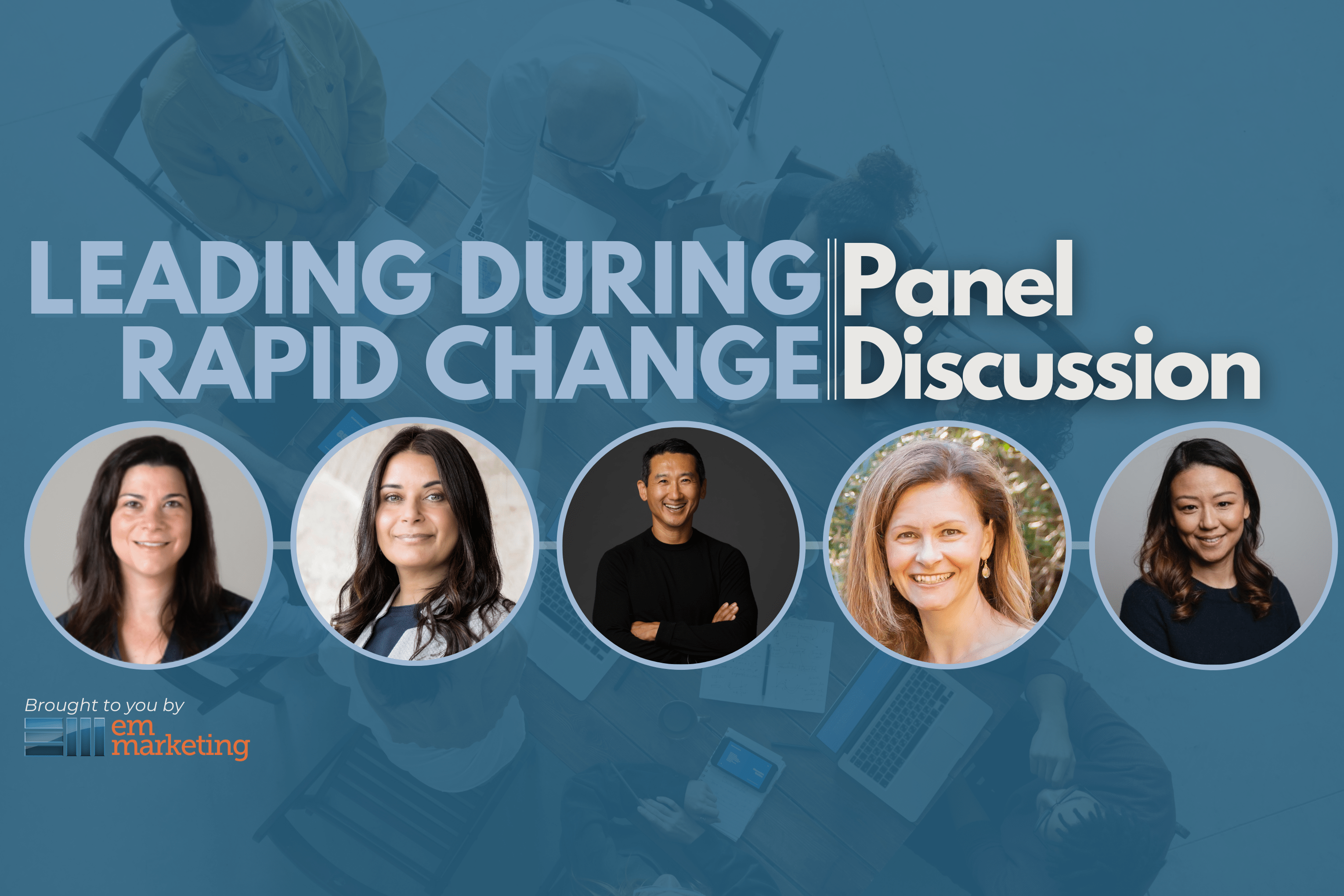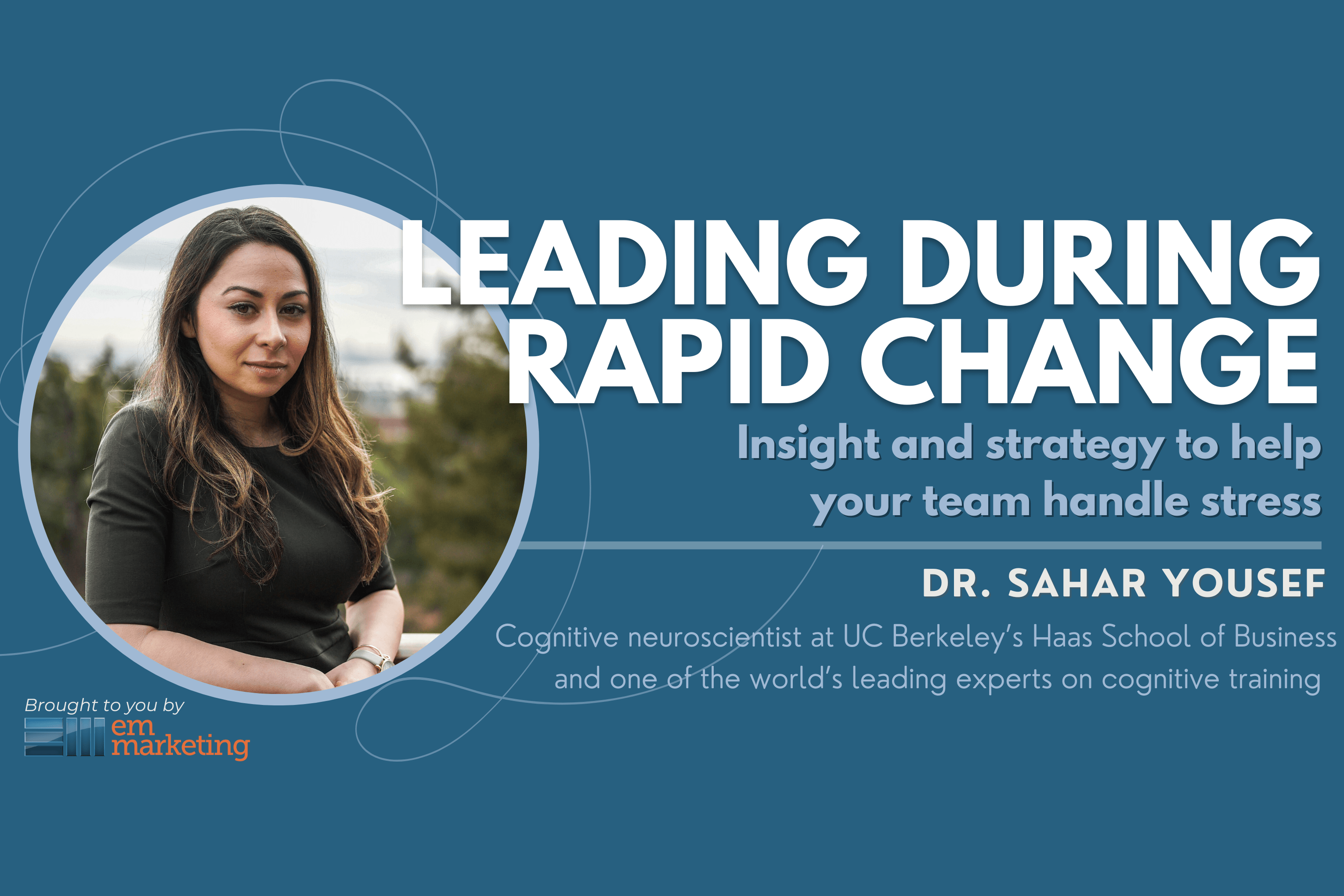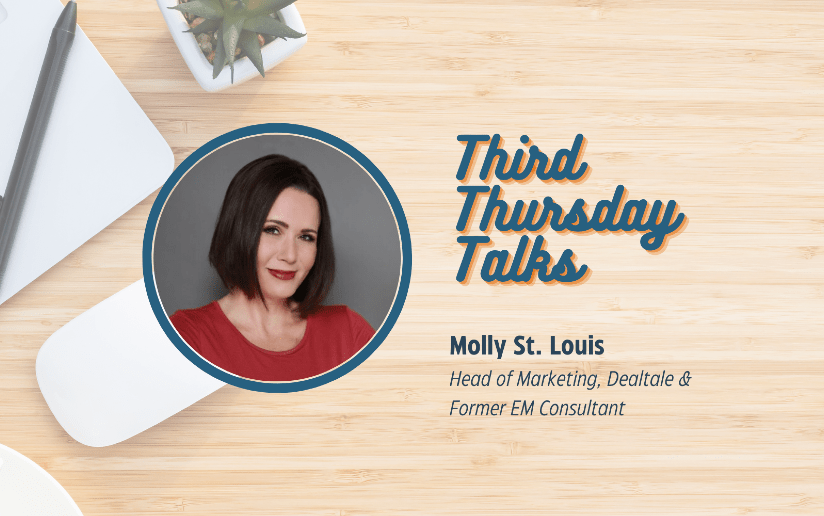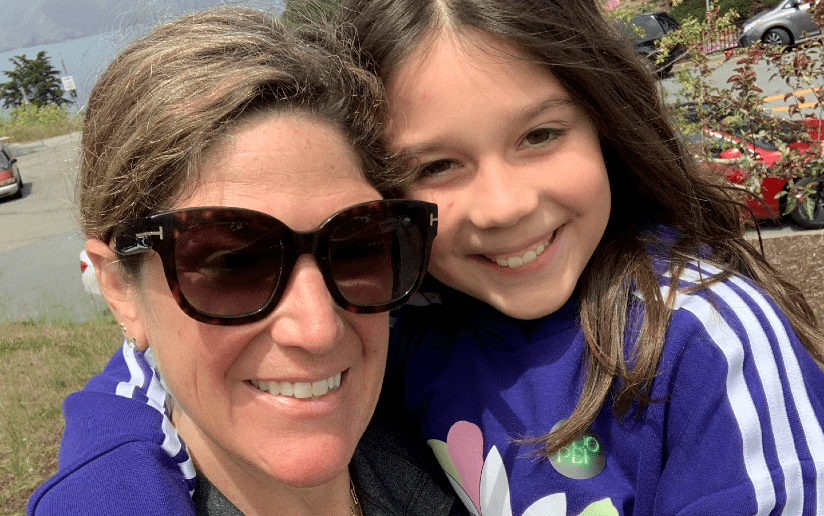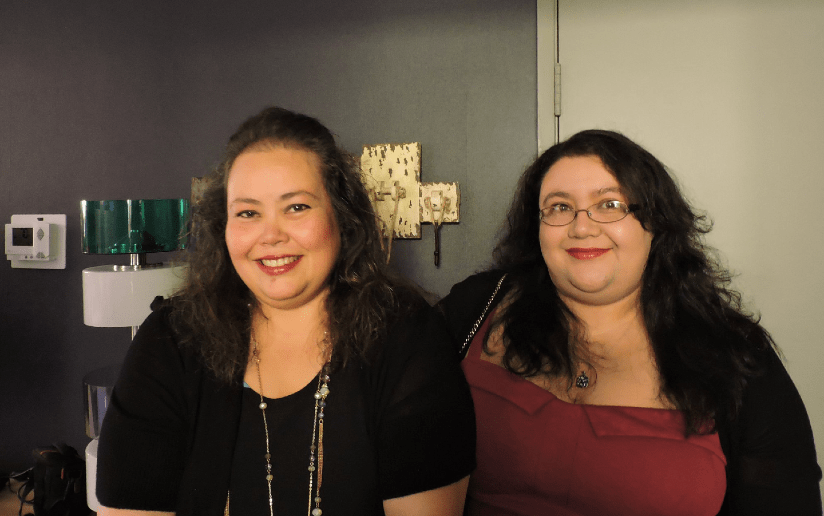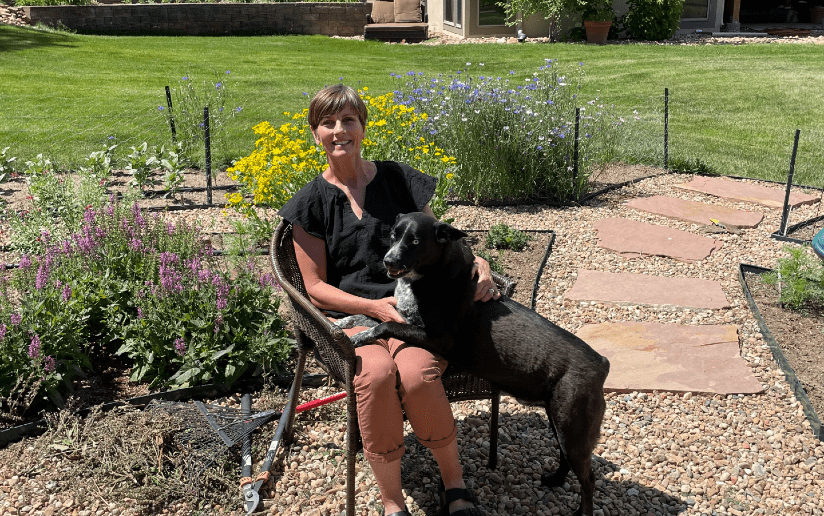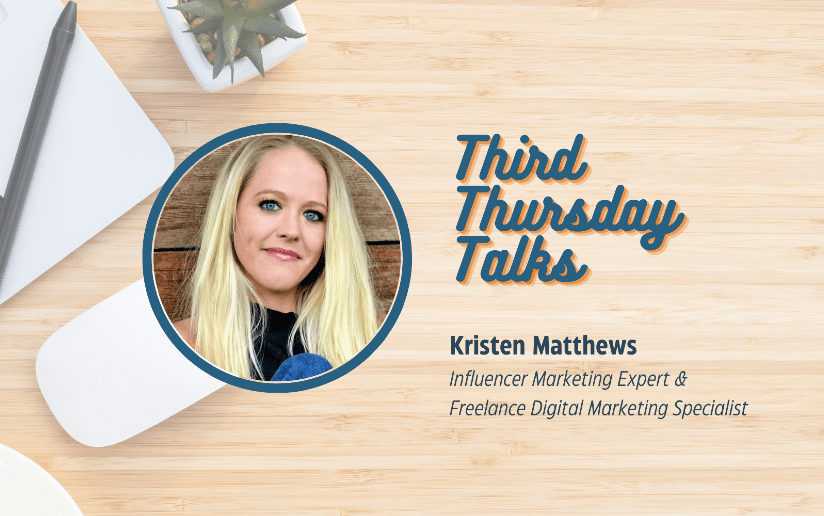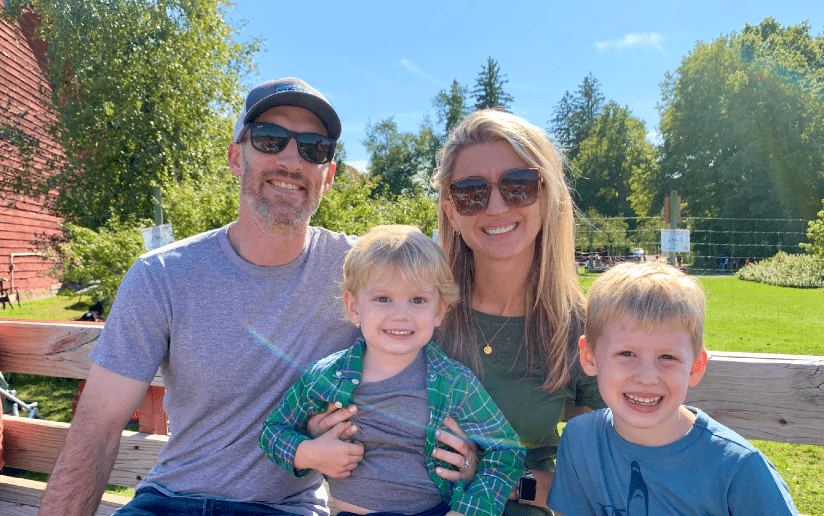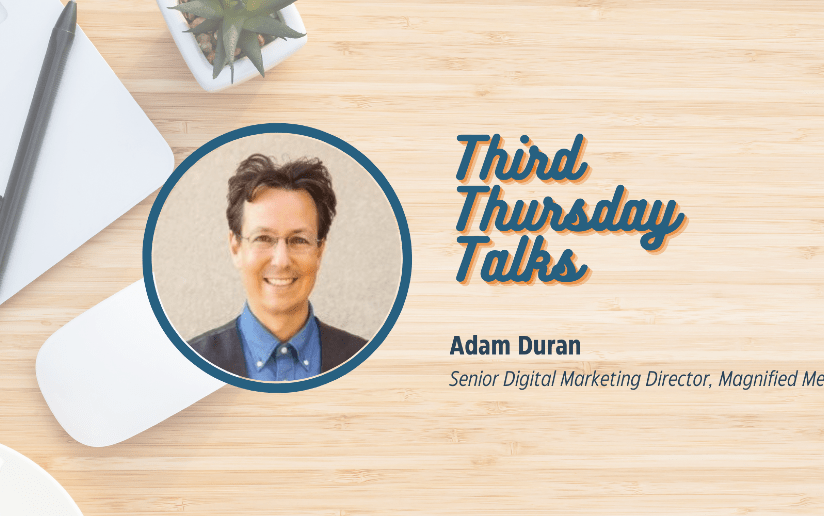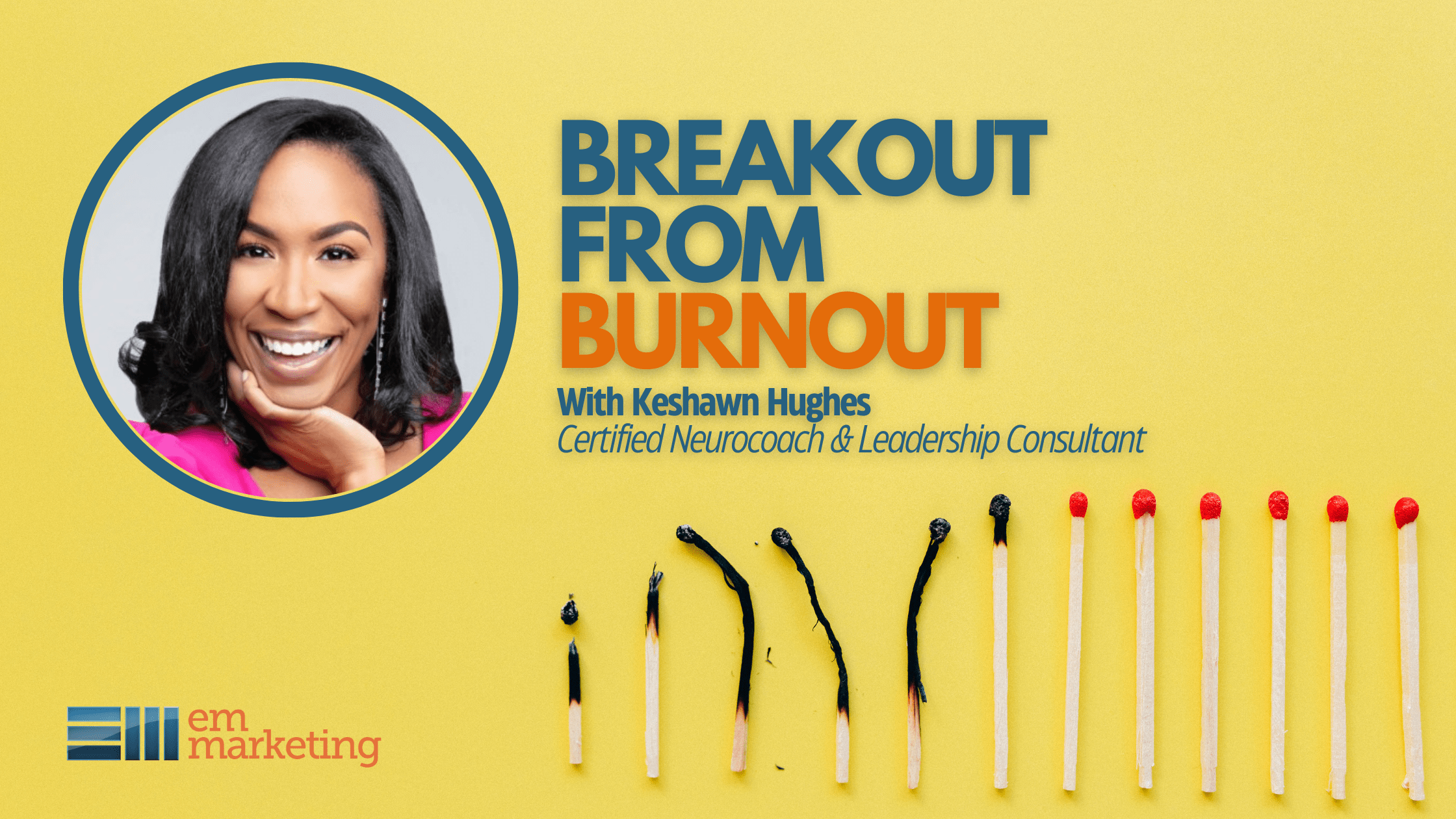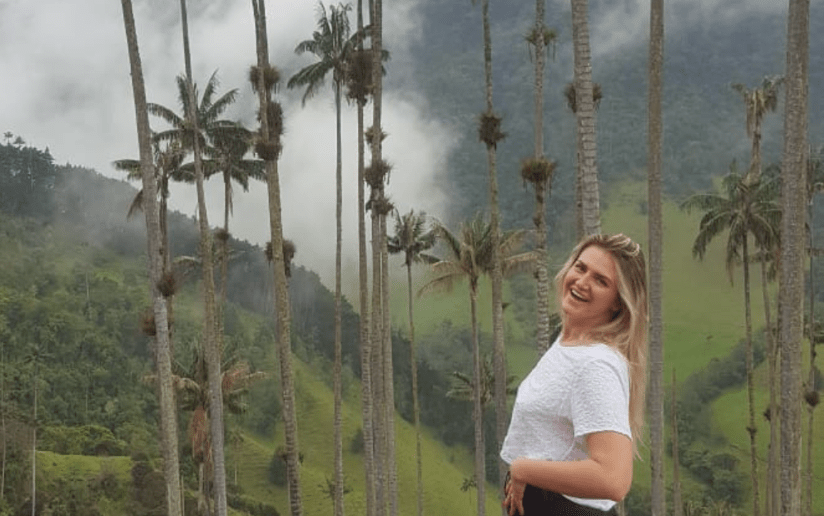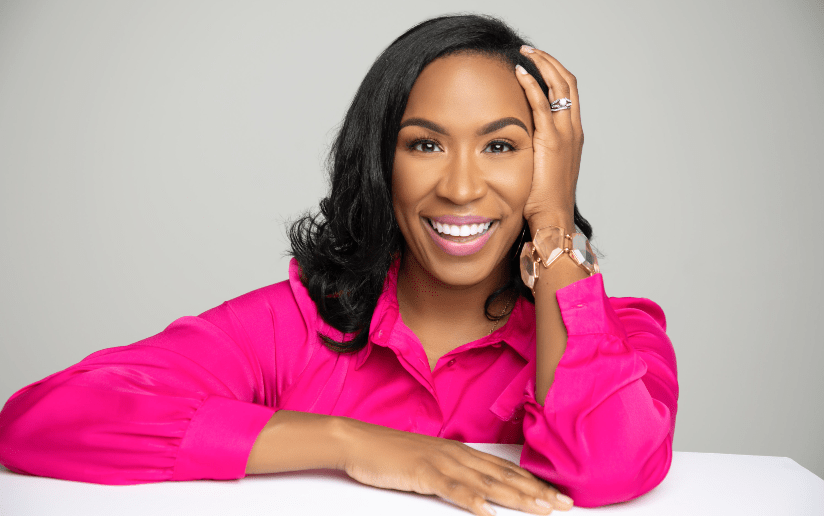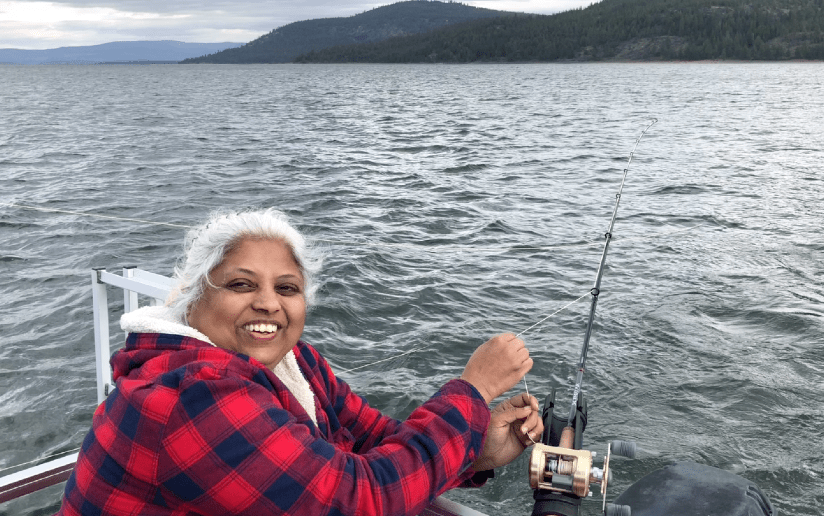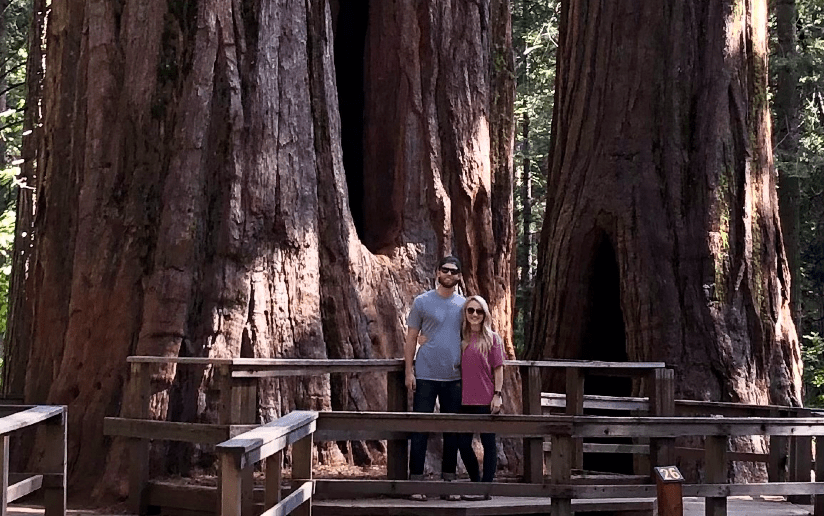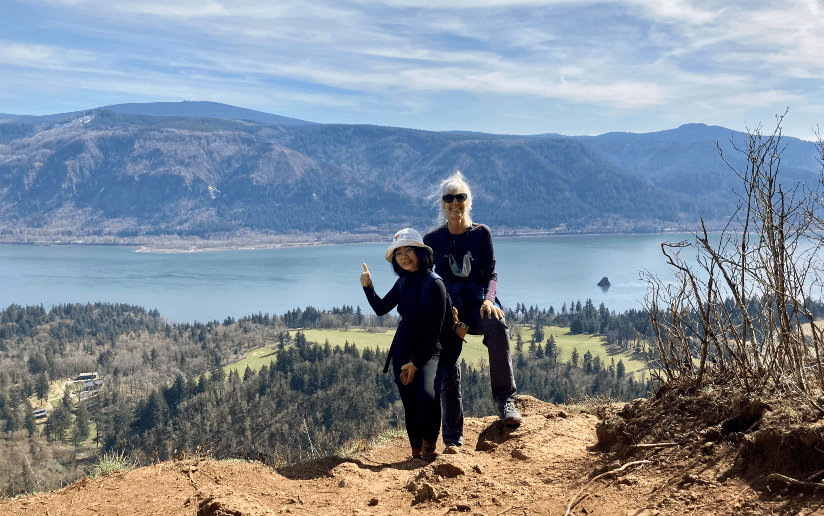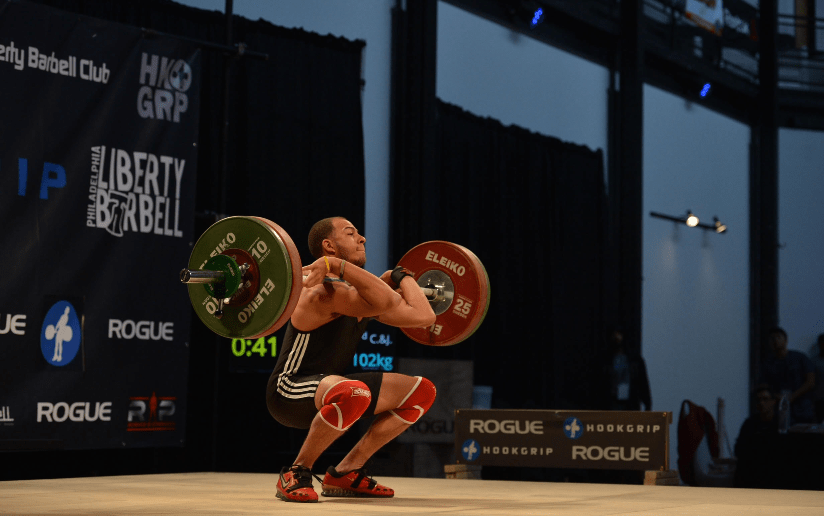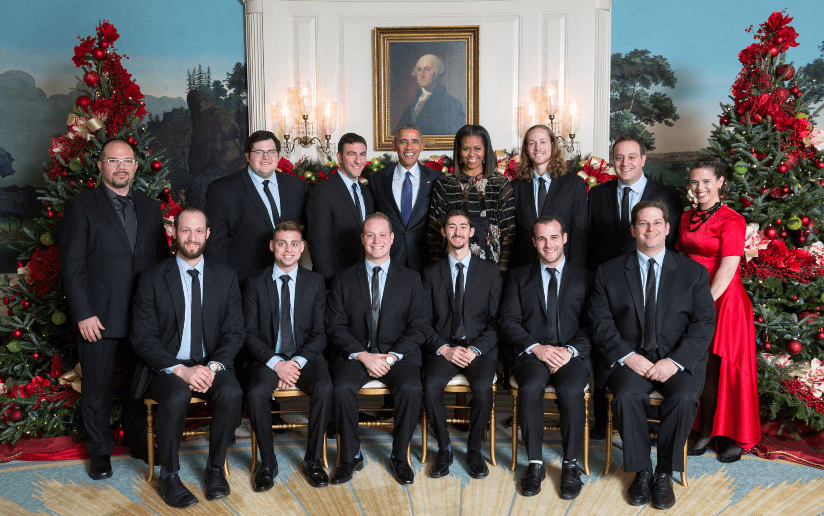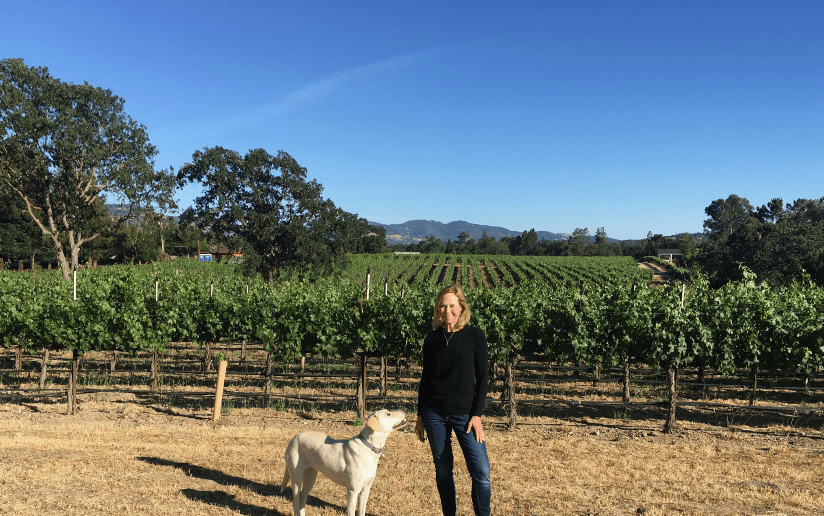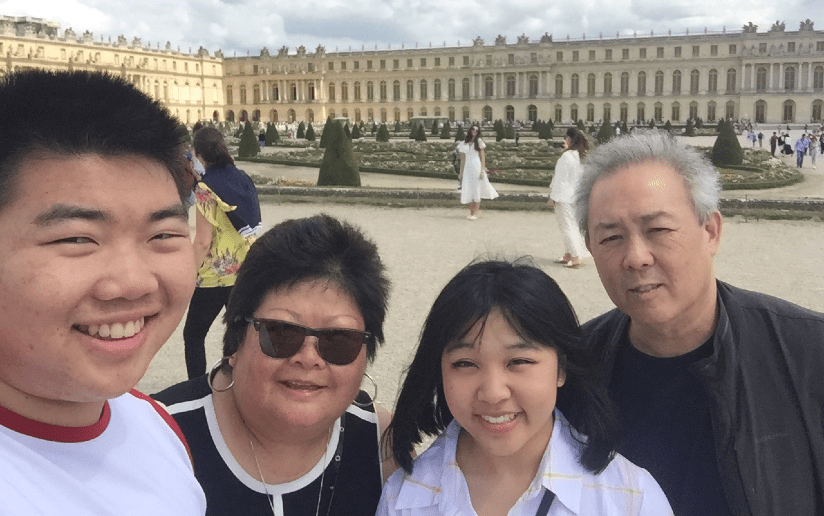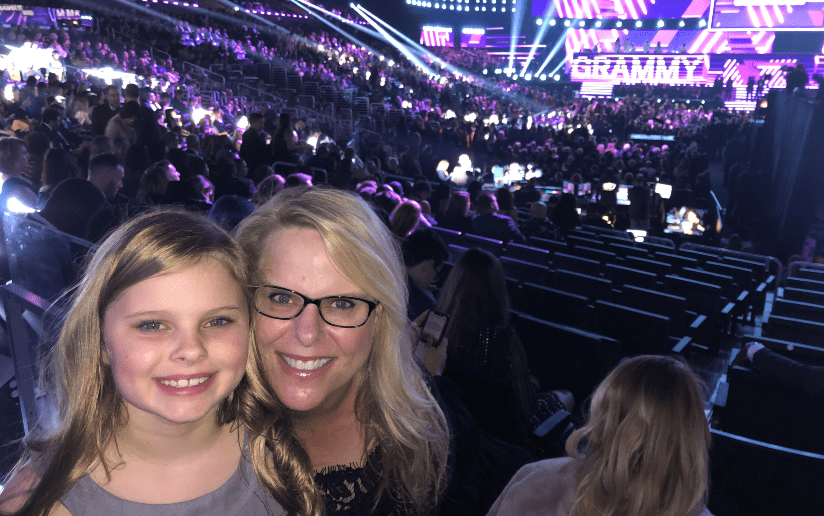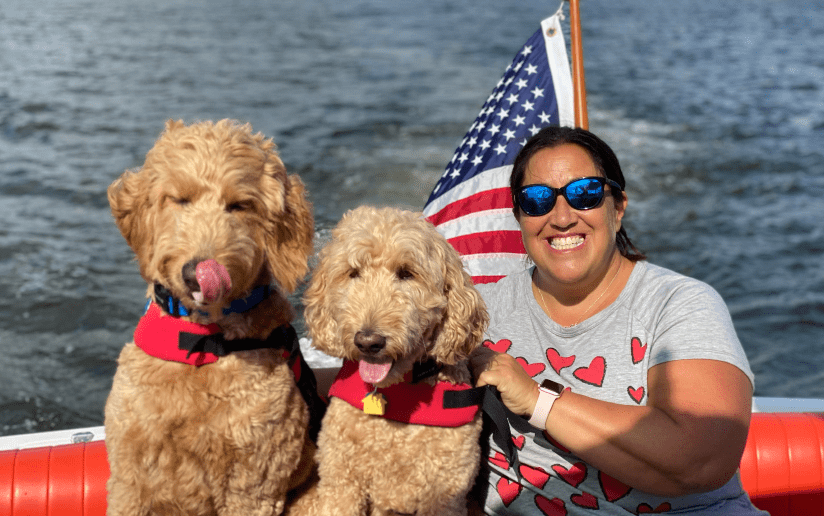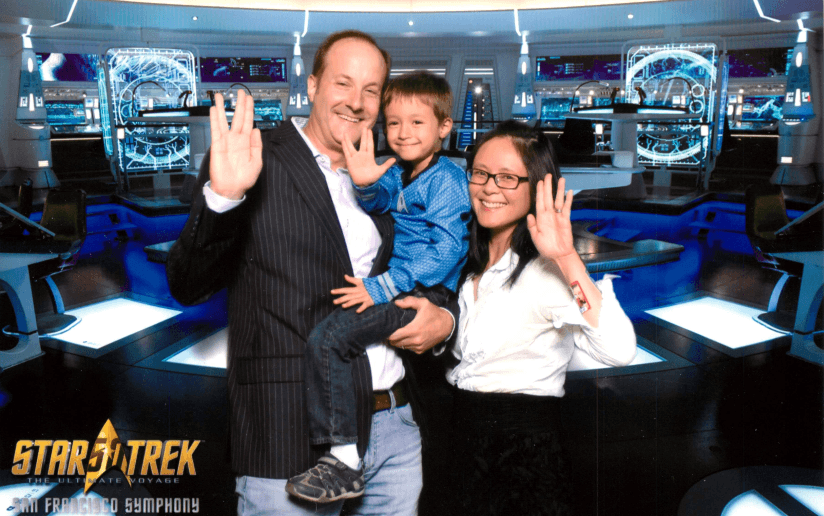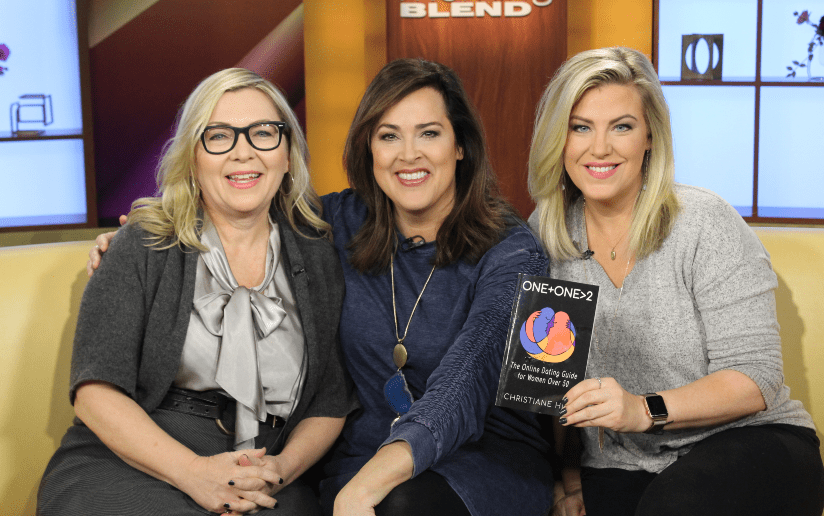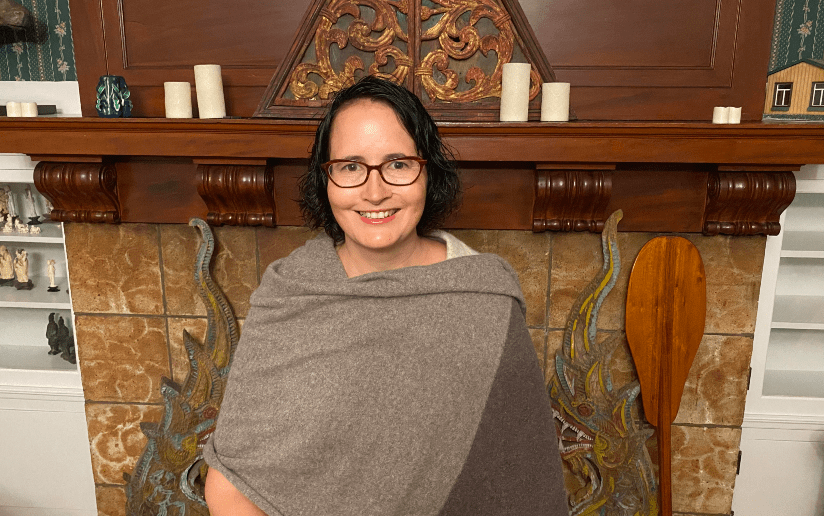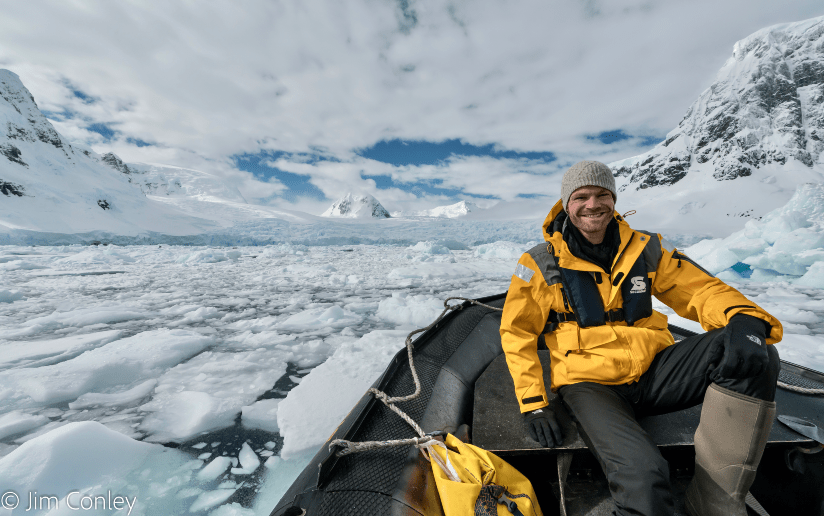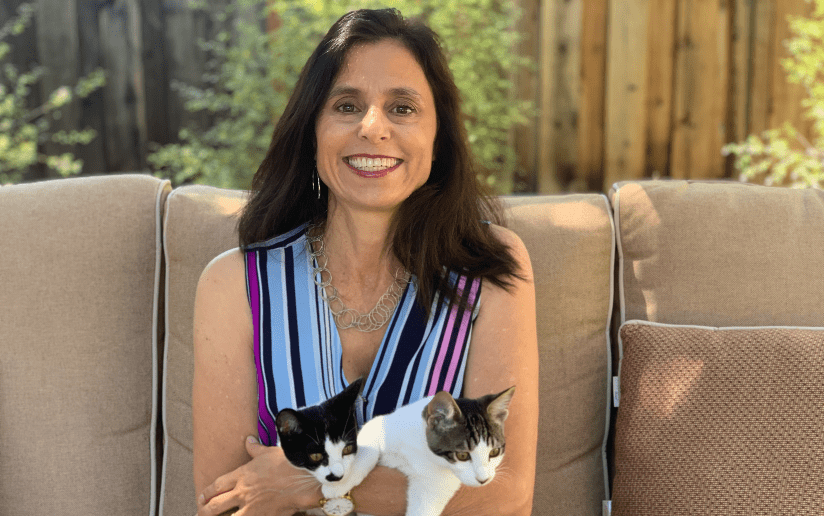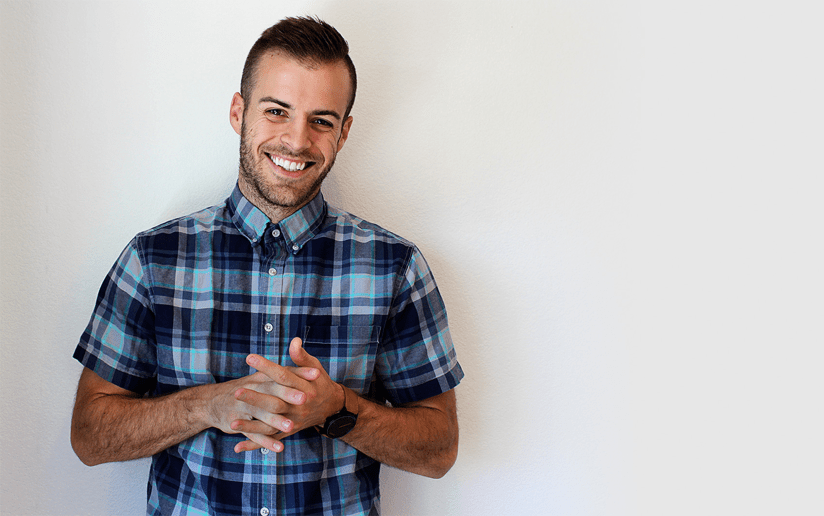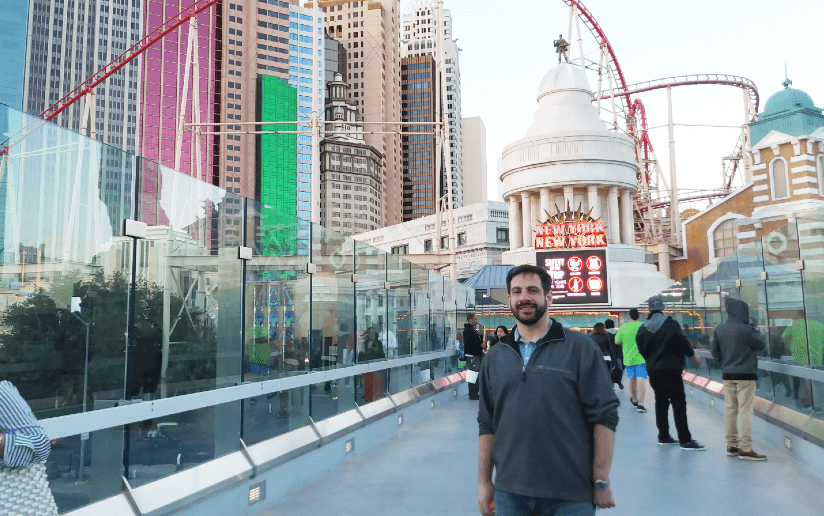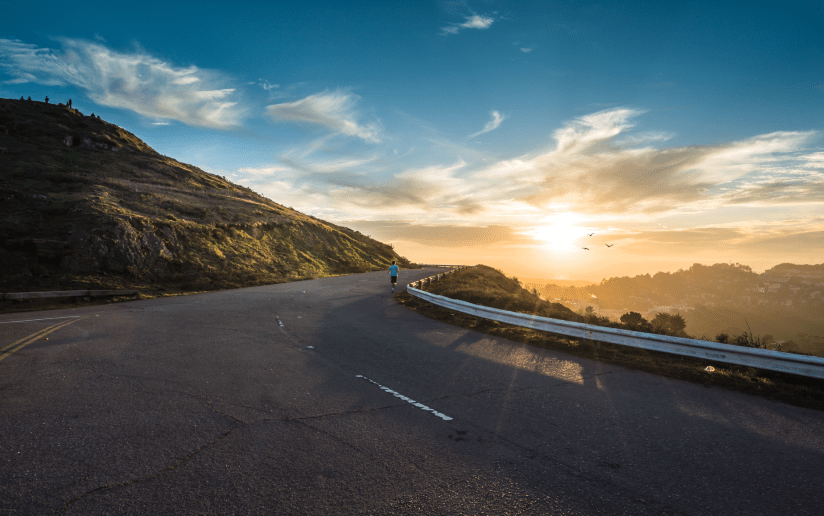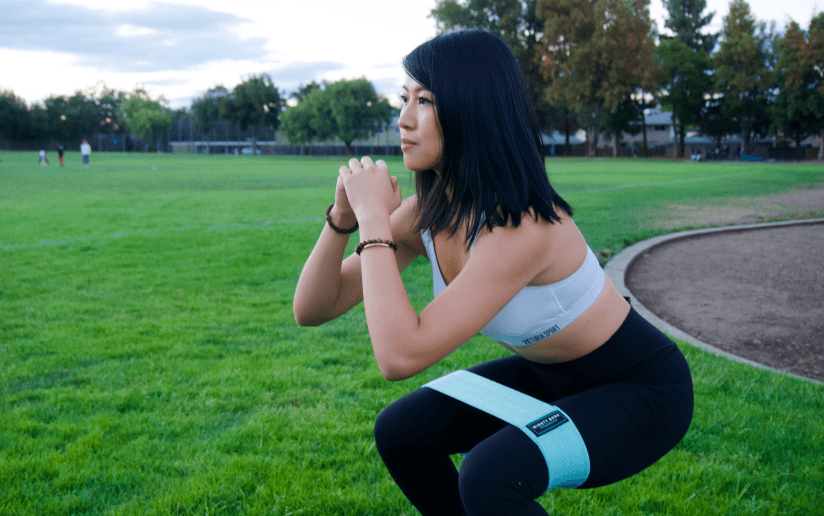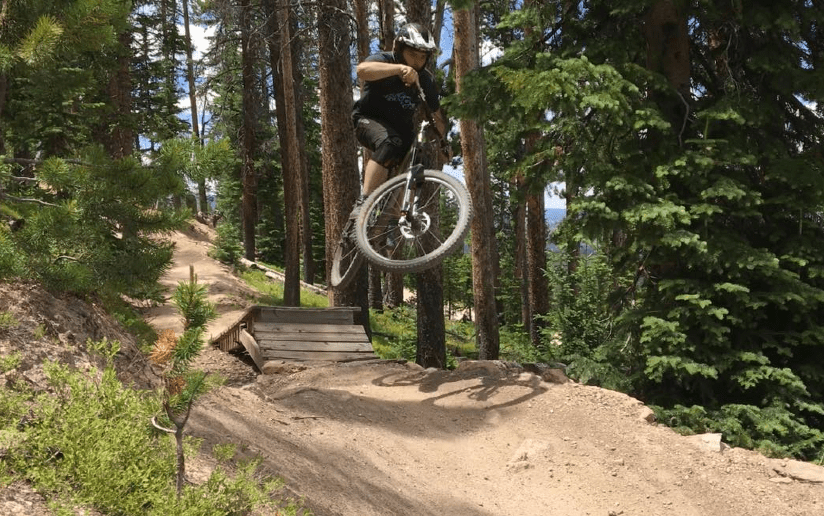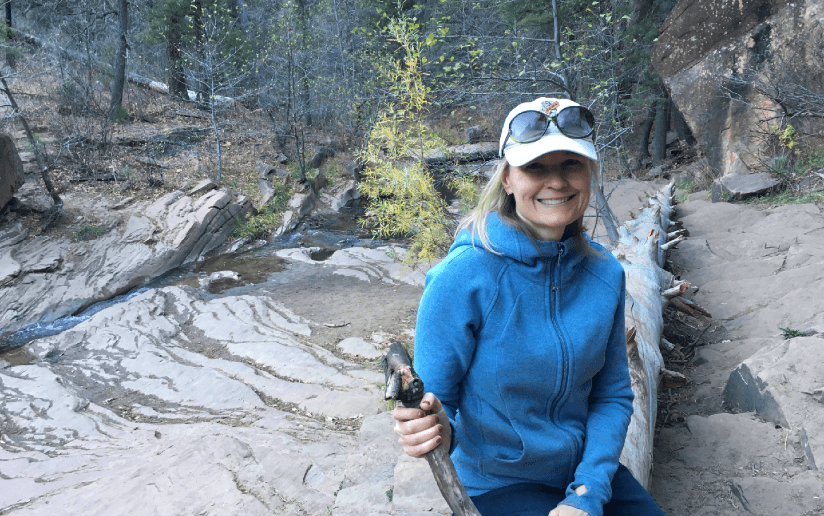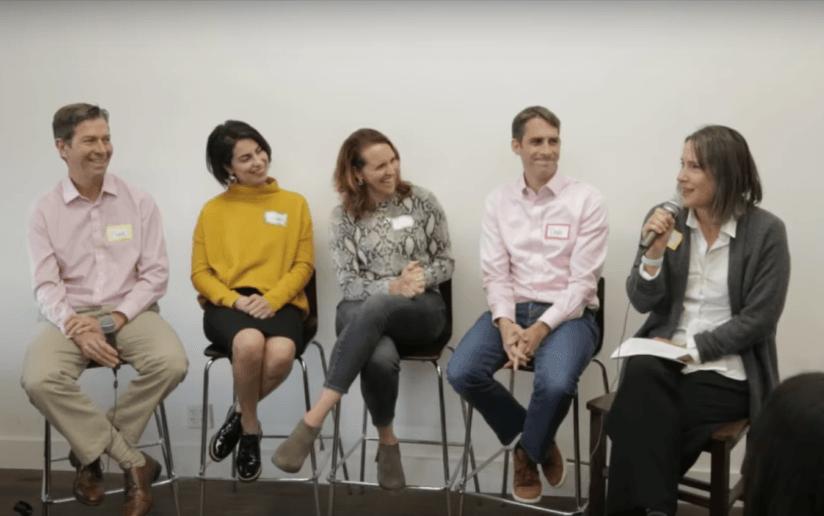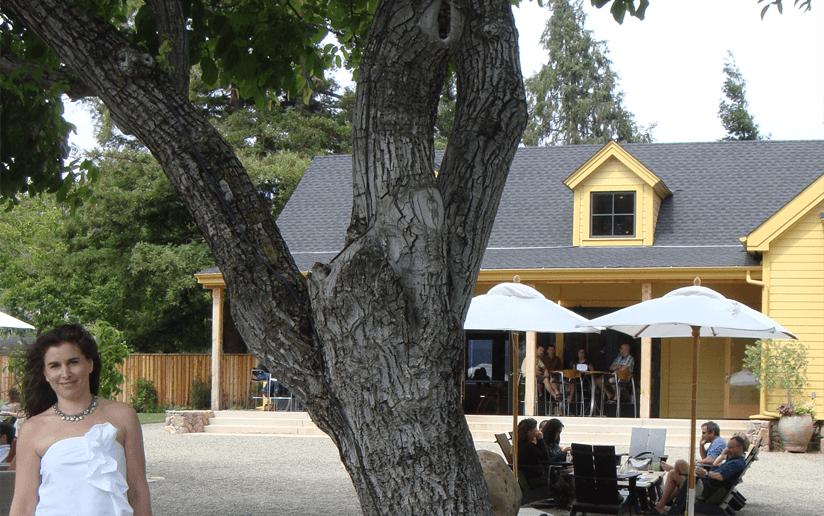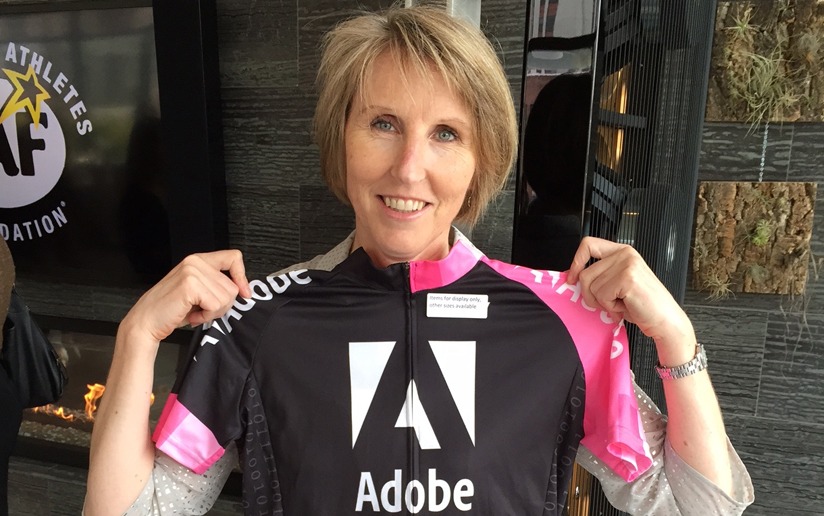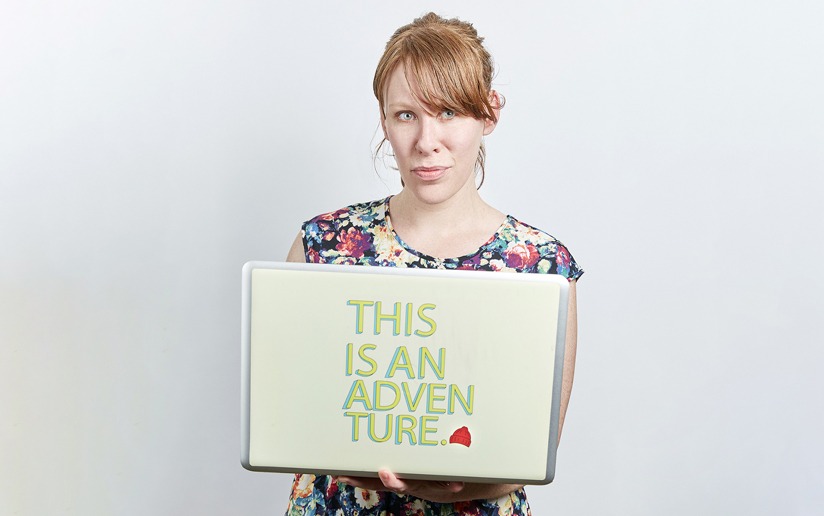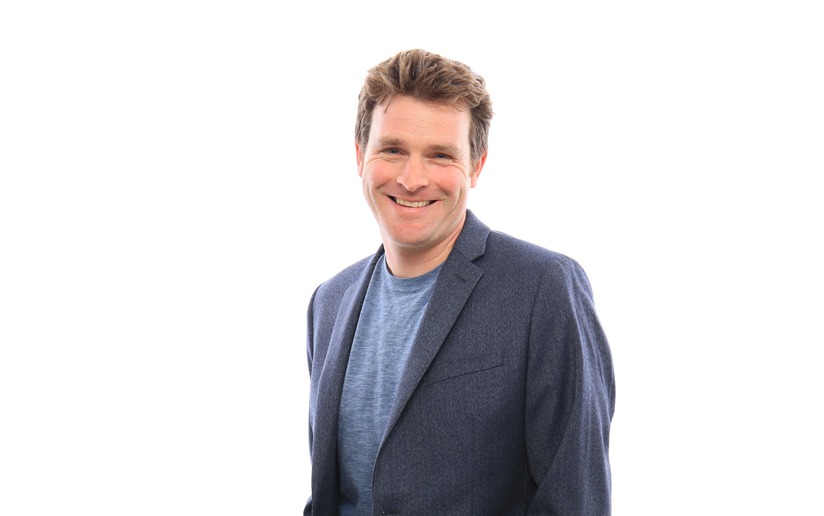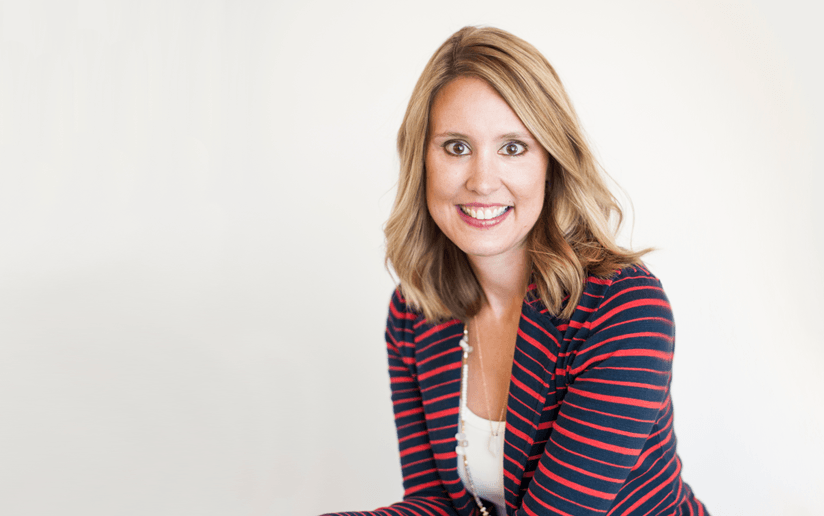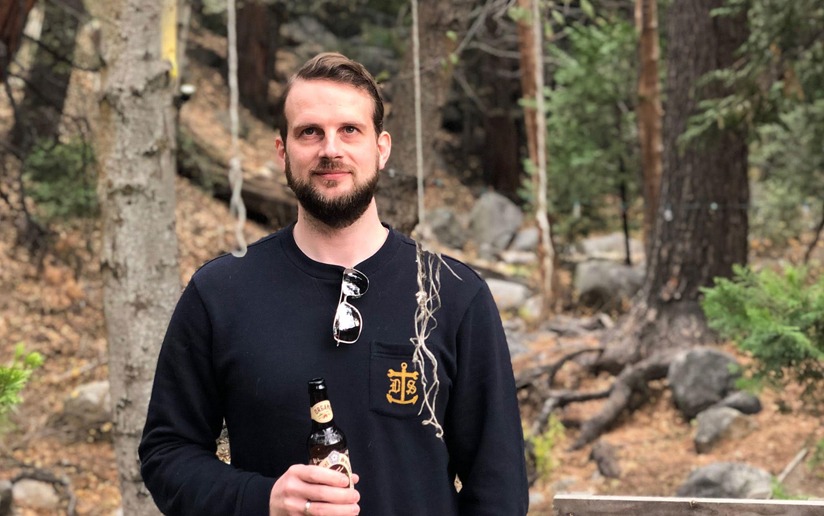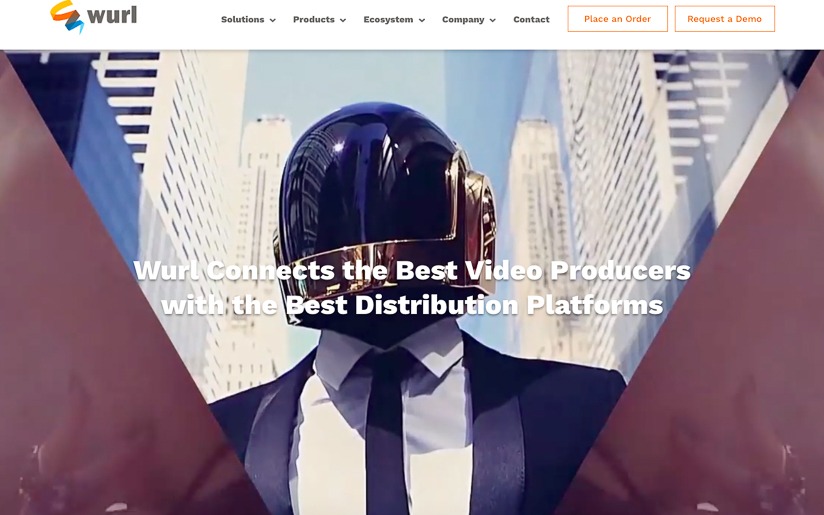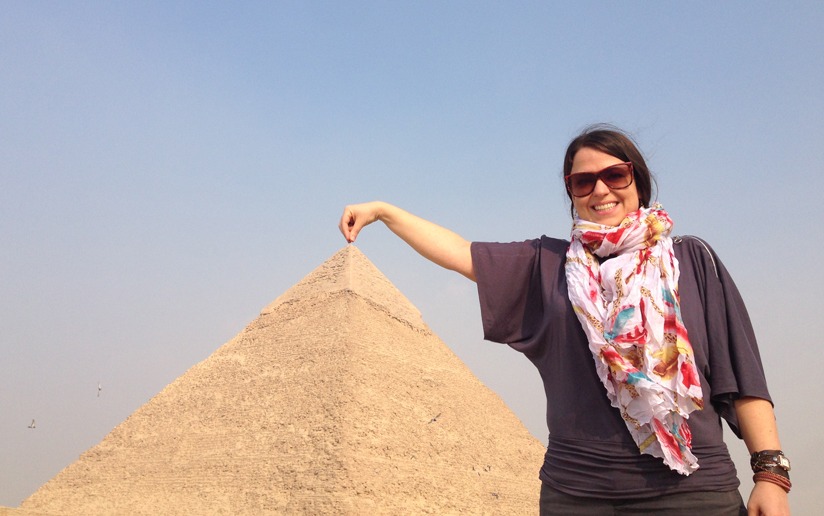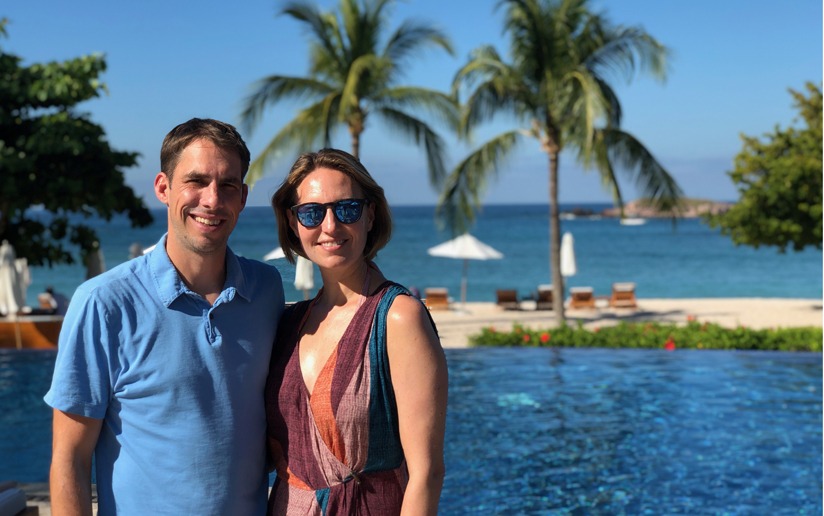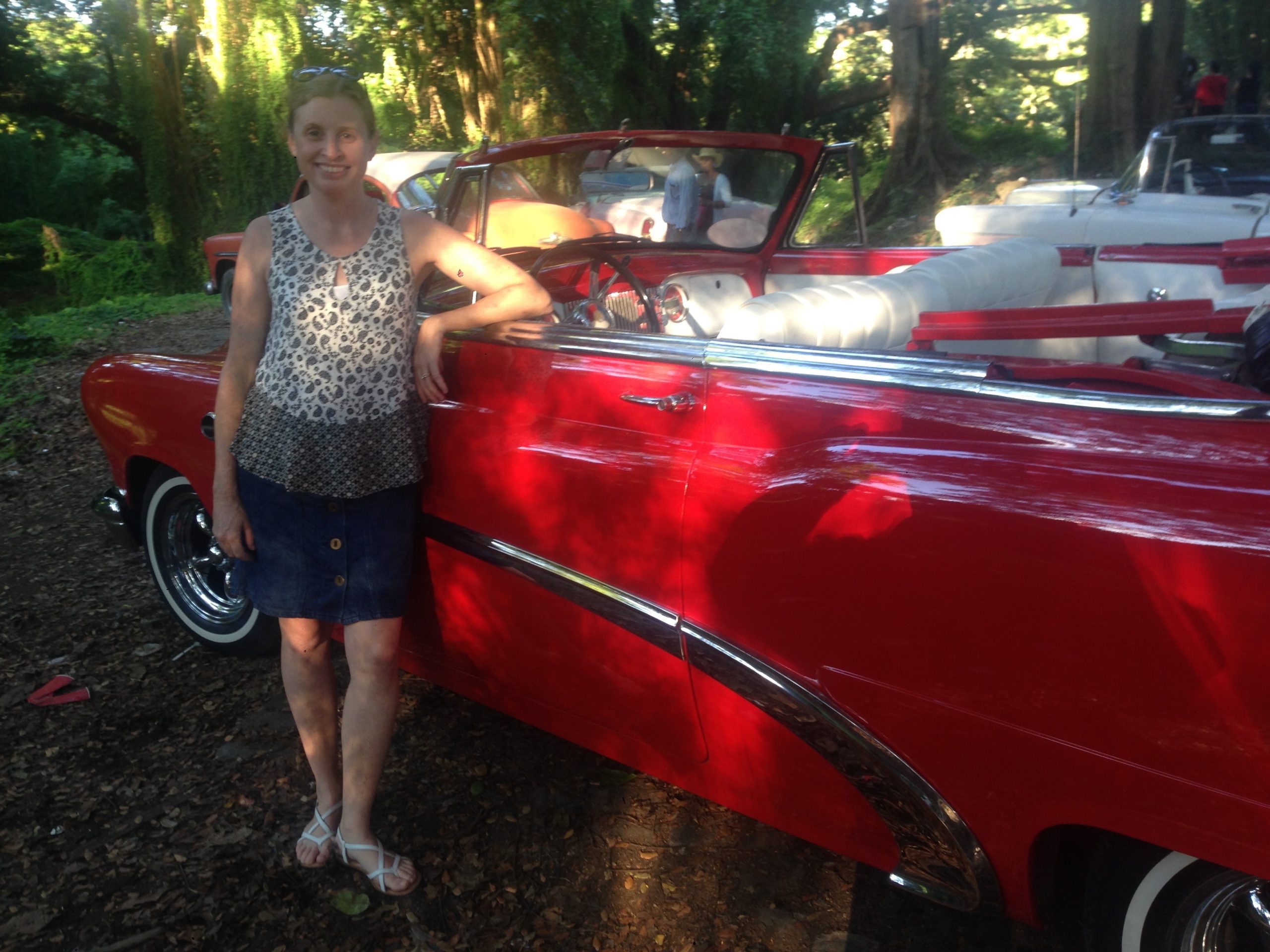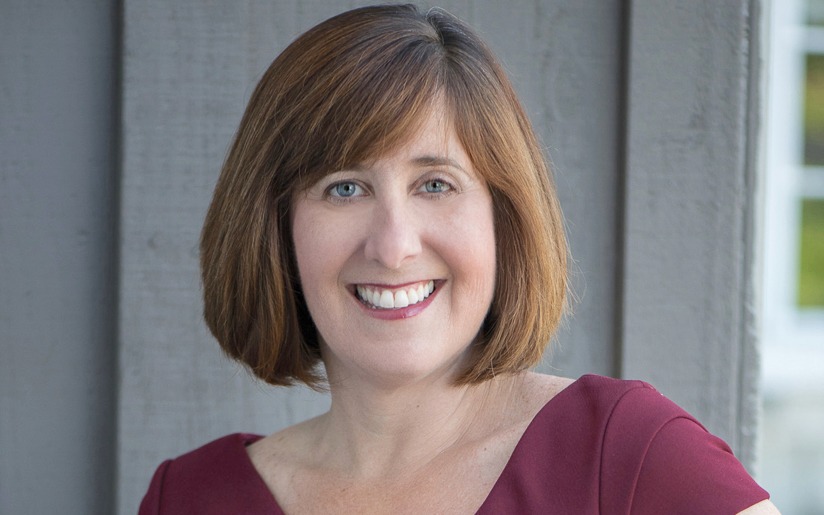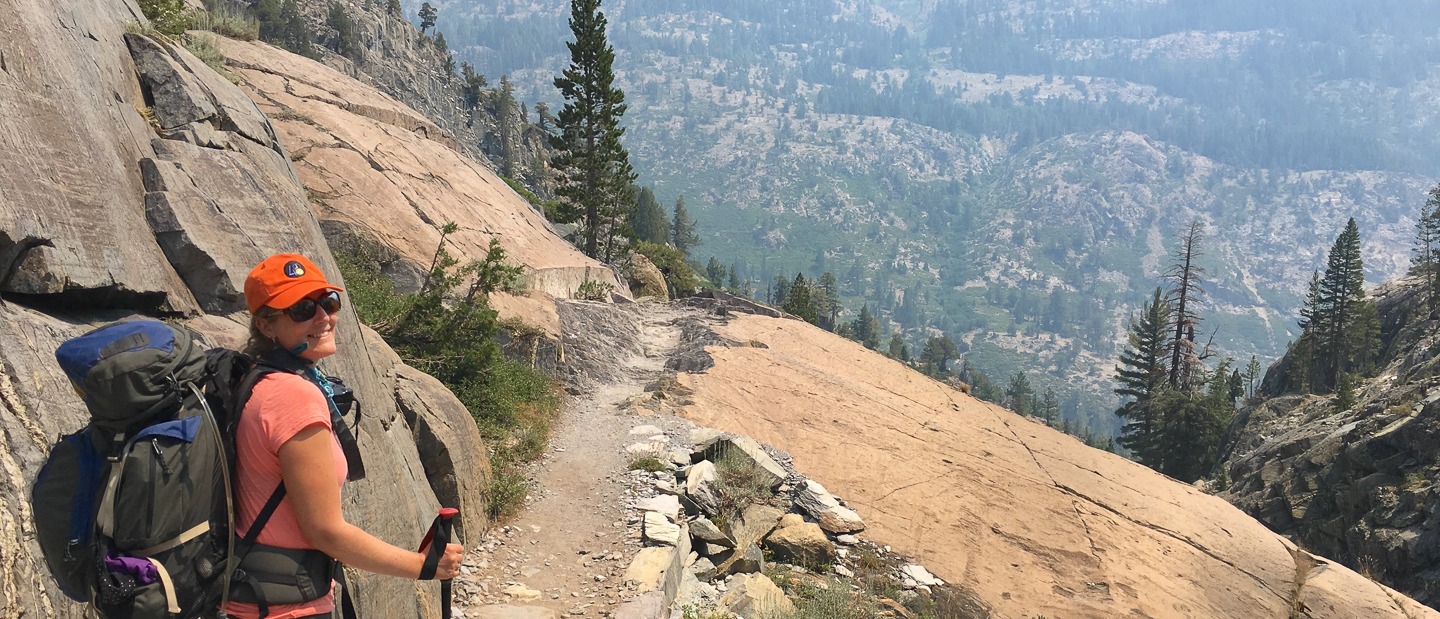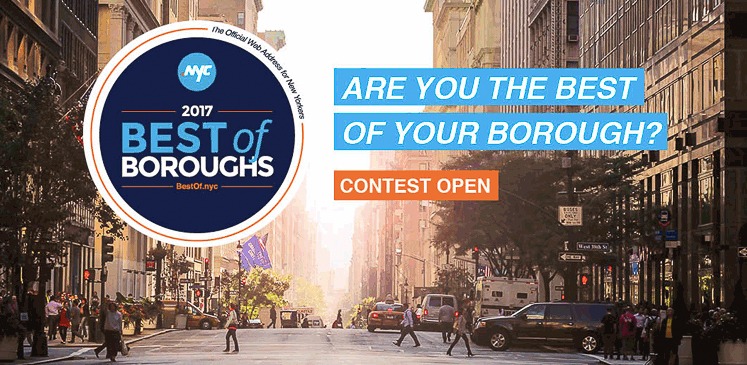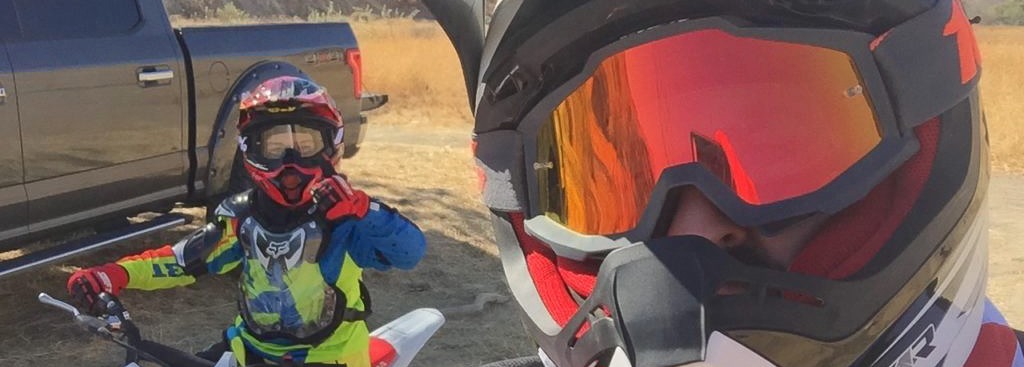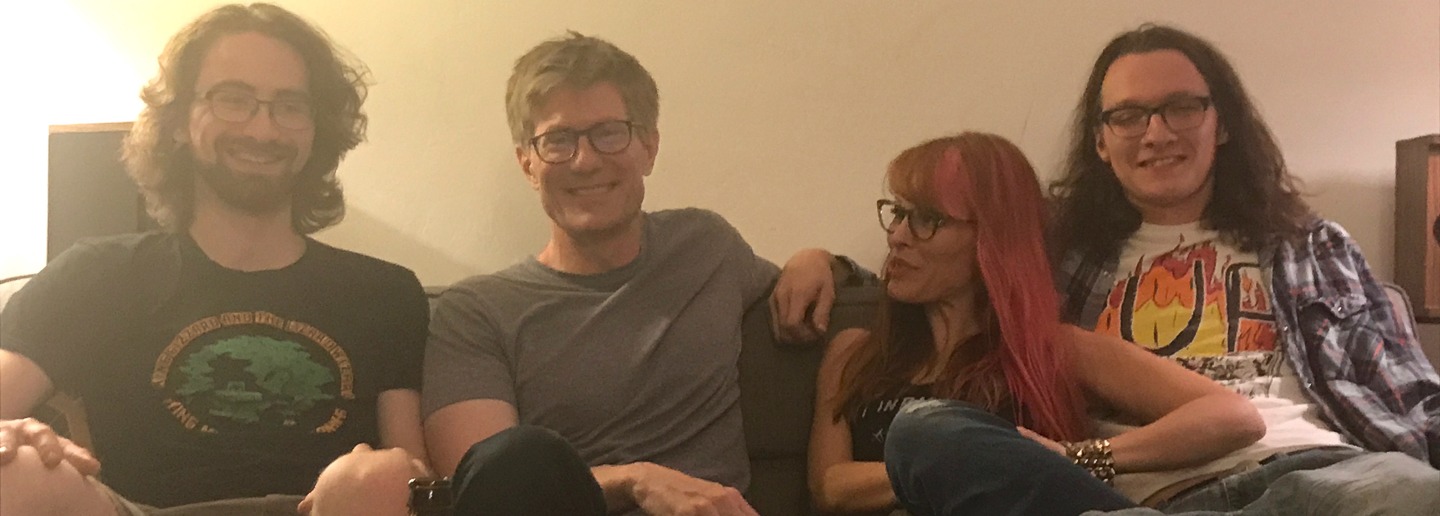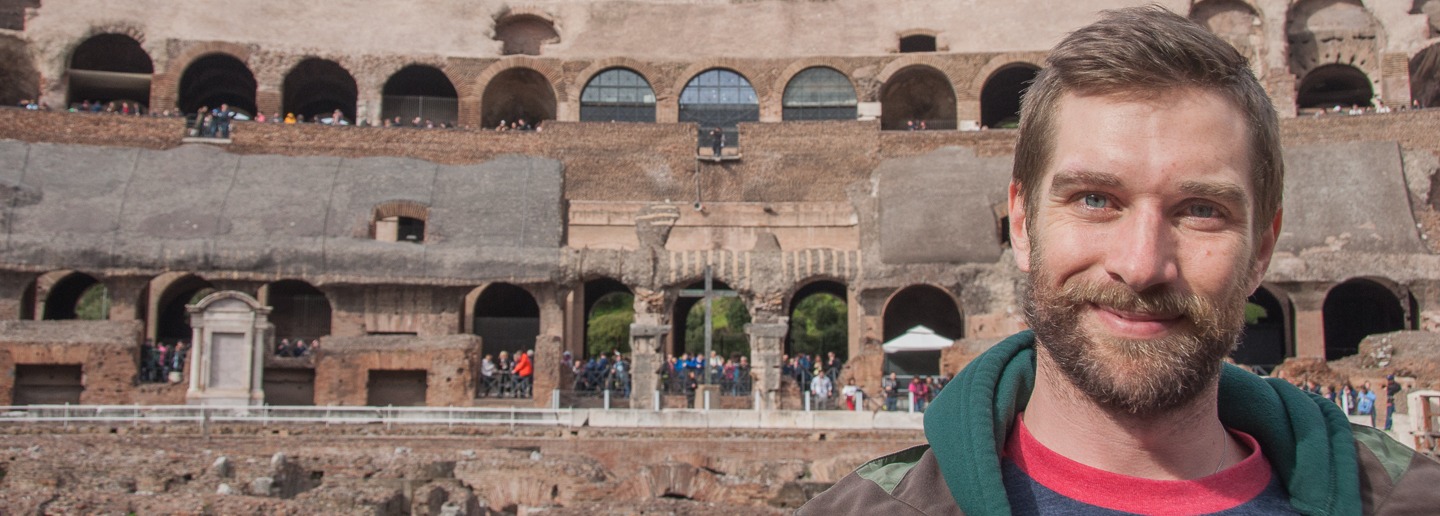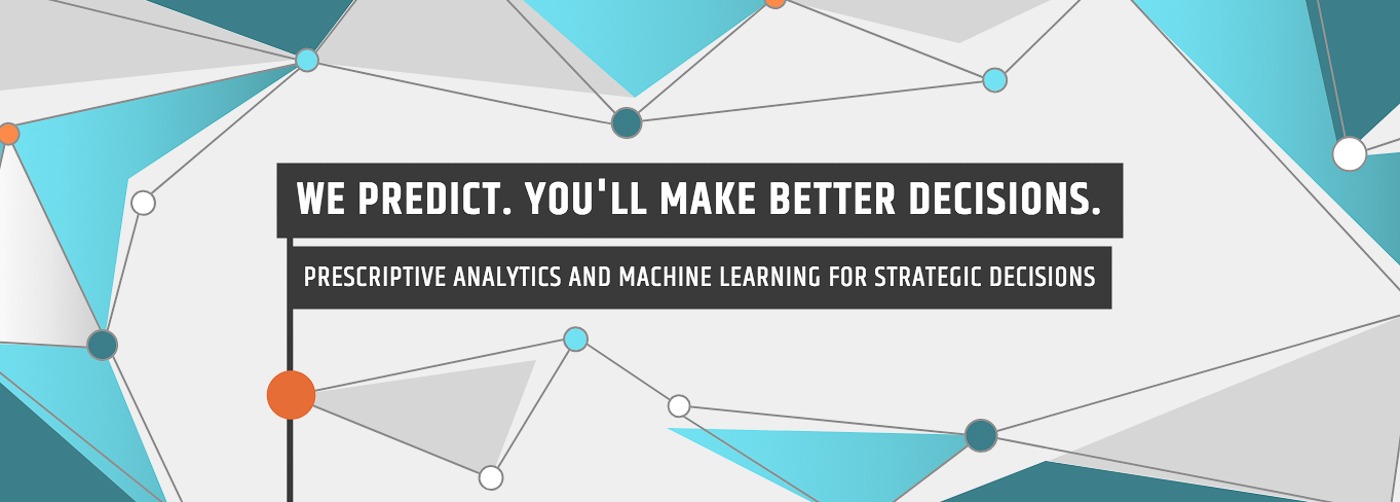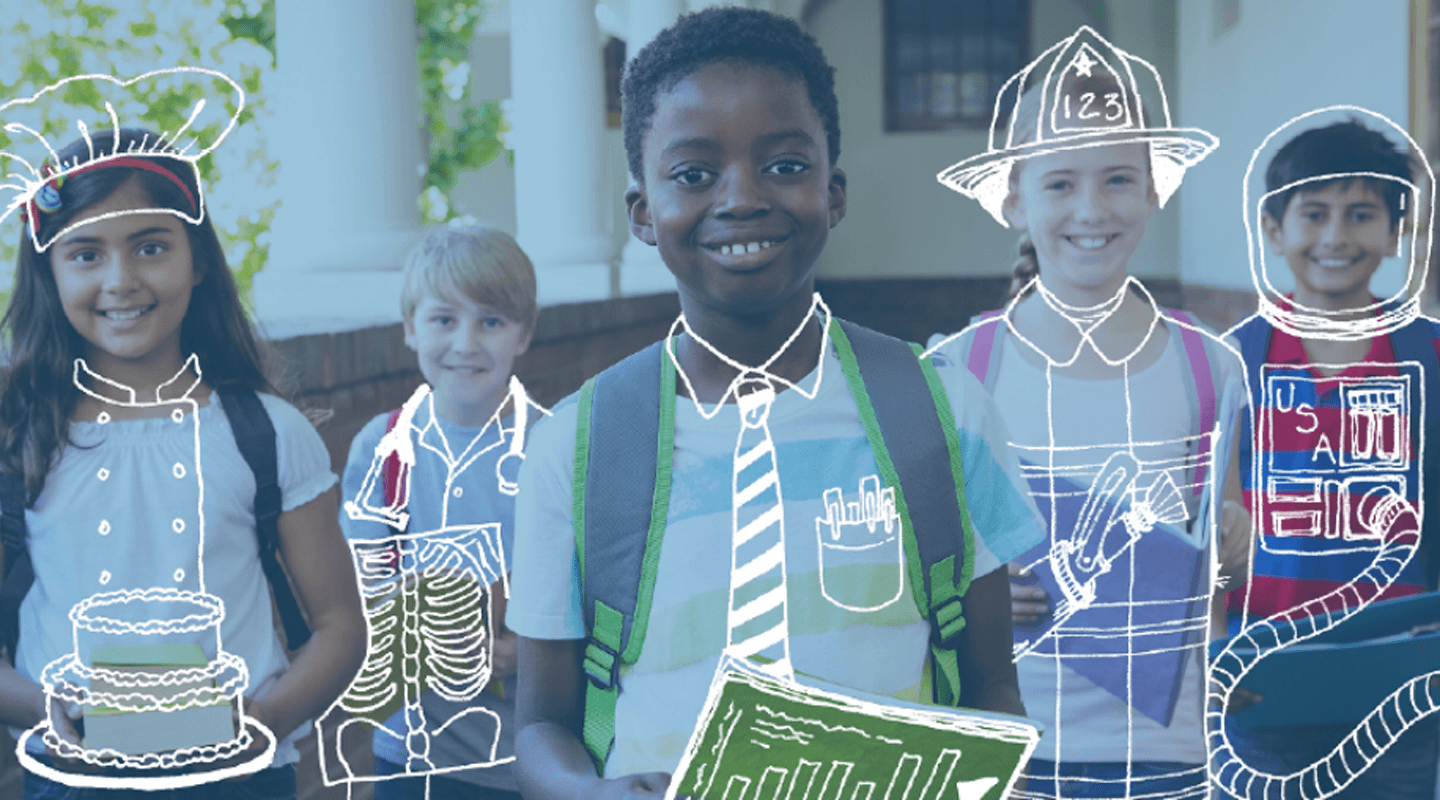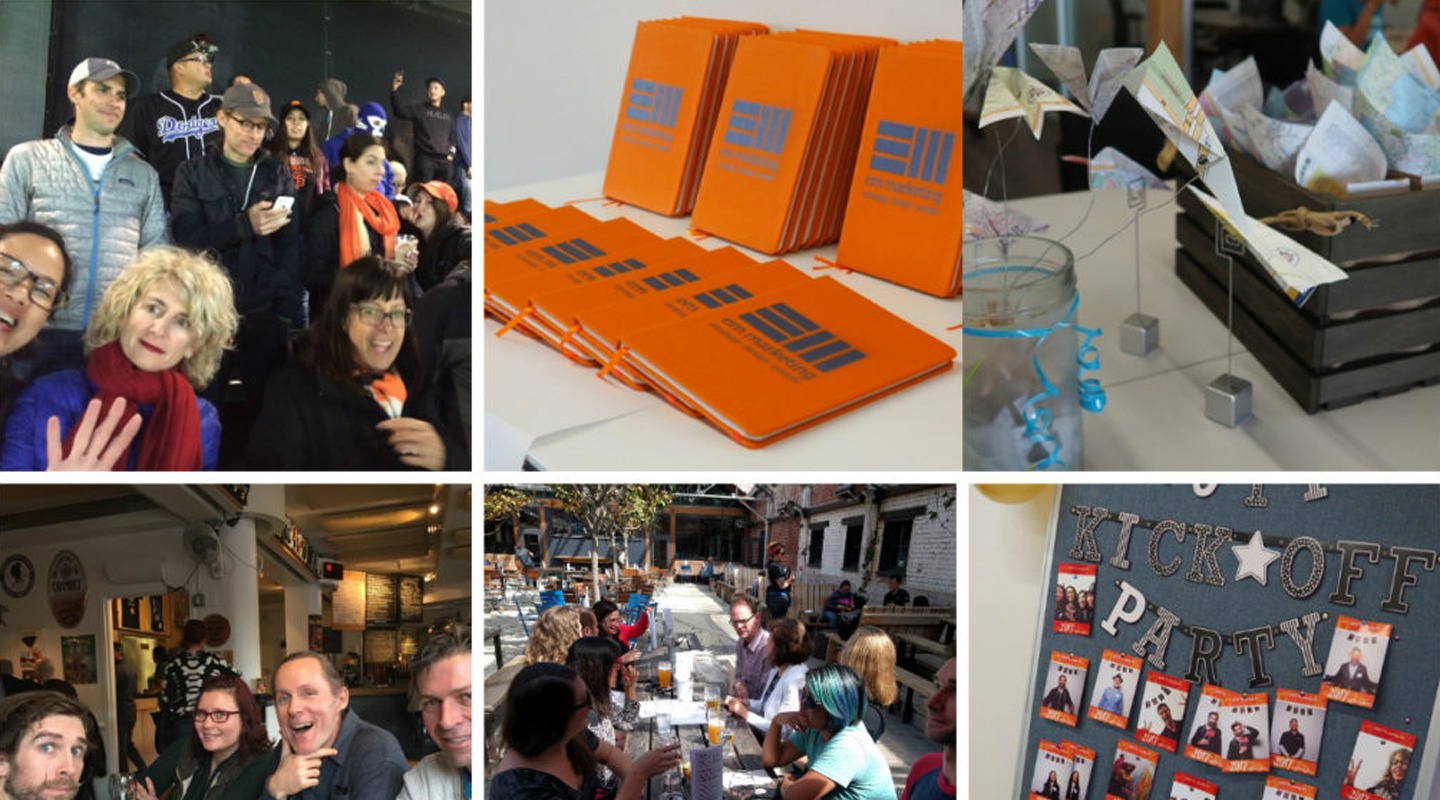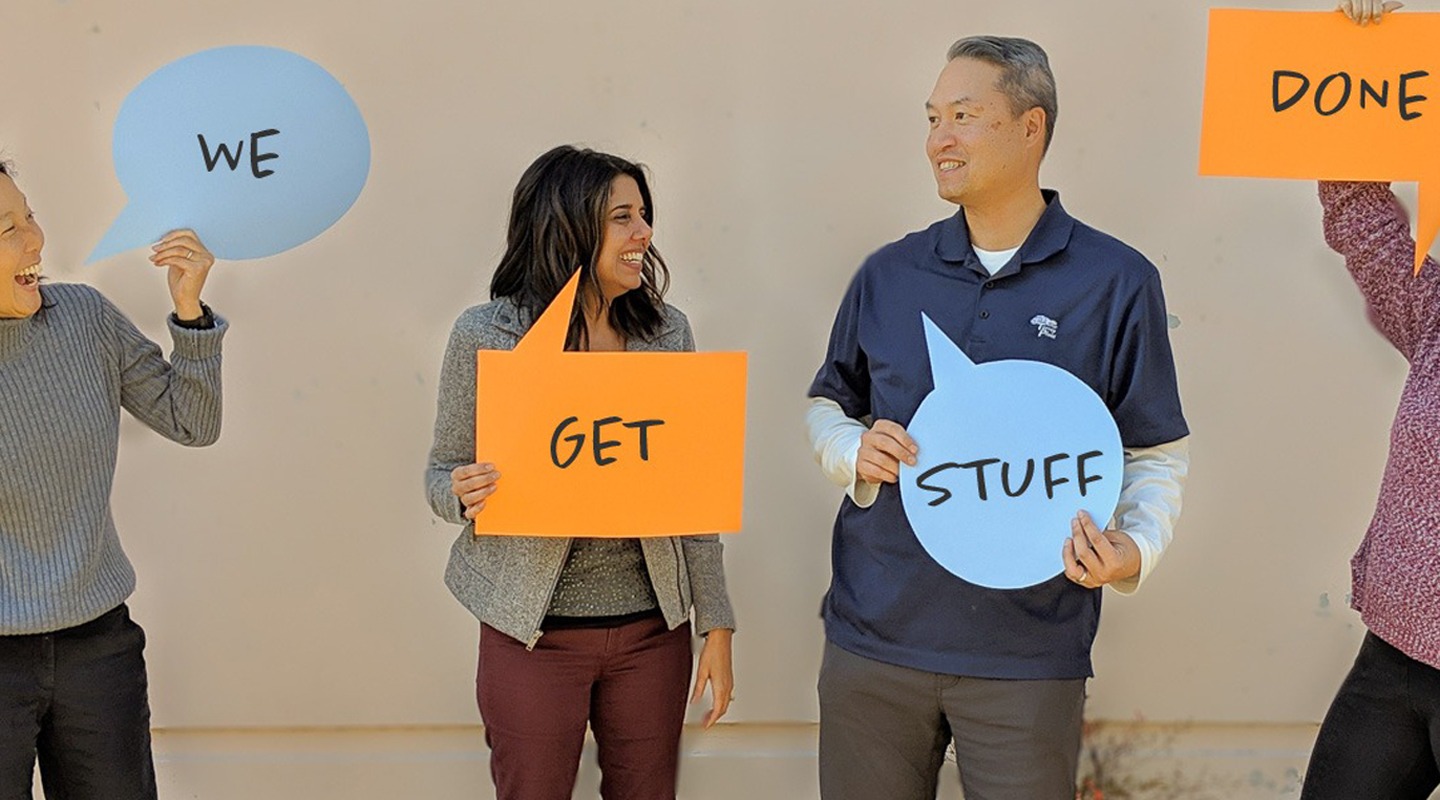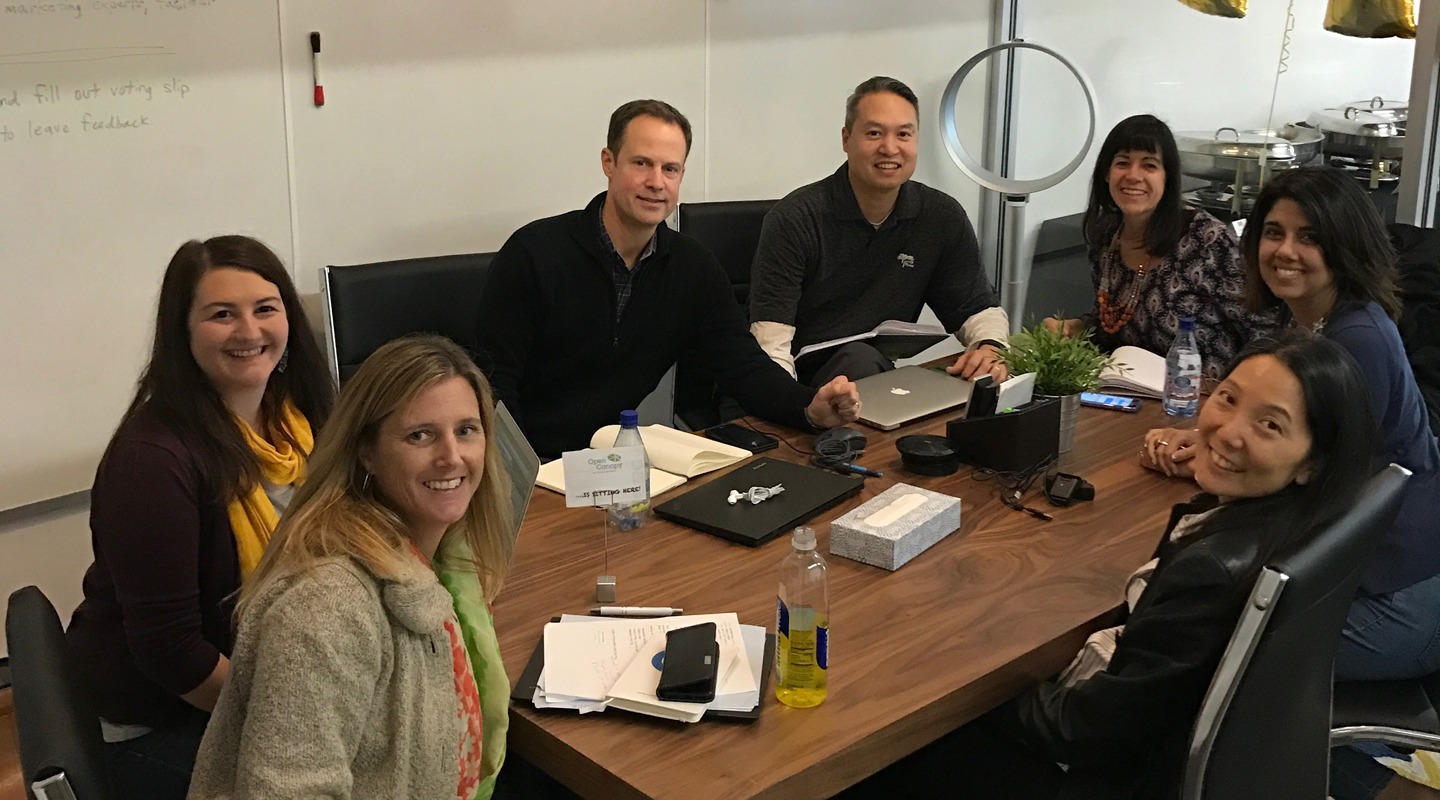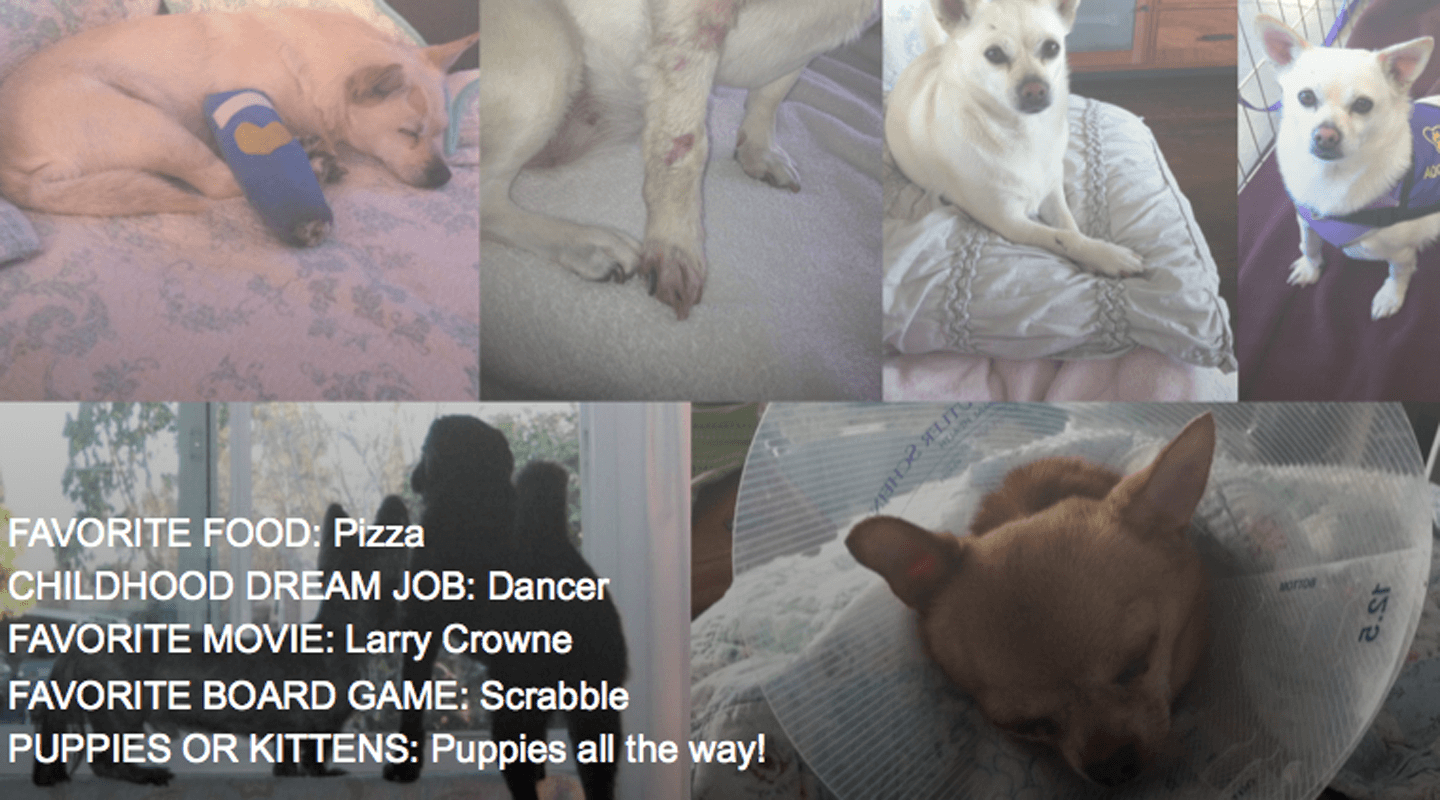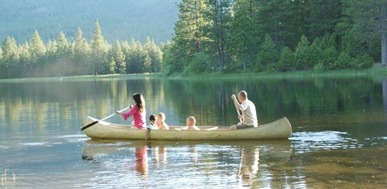
A Vocation of Voice and Video: Meet Bud Anderson
February Consultant of the Month
After discovering a love for singing in college, Bud Anderson shifted his interest in biology to the music industry. He moved to California, where he served as a band manager and booking agent for vocal groups, including his own a cappella group, which he has harmonized with for 20 years. Creating promo videos for artists led to a creative director stint with Stanford University Athletics. When creative fatigue set in, Bud decided it was time to branch out on his own, and founded dangerbrain, a video production company.
What type of work do you do?
At DangerBrain, we do three big buckets of creatives. Pre-COVID, our specialty has been real-time video production for live events such as conventions in Las Vegas, Sydney, or Tokyo. By the end of an event, we’d produce a video for 4,000 people to watch, using interviews, B-roll, music, interstitials, and graphics.
Bud’s Keys to Success
- Recognizing his true passions
- Knowing when to make a career move
- Building new clientele off prior successes
- Pushing clients to produce better work
- Being real and vulnerable with people
Our second bucket is onsite narratives. We come up with ideas for internal or external distribution, online or television, to promote a product or event, including interviews or “talking heads.”
Third, we do post production, building video from content like graphics, drawings, paintings, cellphone videos or whatever can be created from home. I can also do voiceovers and original music production.
What are you currently working on?
This year especially, I feel lucky to be able to rely on clients that have stuck with us for the whole six years we’ve been together. We’re currently producing a return-to-work safety video for Stanford. It’s fun to piece together B-roll we’ve shot on campus and help people get ready to come back to work.
When the fires were happening in California, we started a program to help local organizations in need. On a limited basis, we offer charities eight hours to write a script, shoot, and produce a final video by the end of the day. It’s fun, interactive, and a quick turnaround, but it’s been a challenge to do onsite shooting.
From a safety perspective, we have a COVID shooting protocol. Everyone signs a waiver, the entire crew and talent get tested at the same time with quick results, everyone wears KN95 masks on site, and we shoot in environments that are open and have good airflow.
What was your favorite project to work on?
One of my favorites was one of my first. The Chief of Staff for Bill and Melinda Gates had seen I project that I’d worked on for Stanford and called me to see if I’d be interested in doing a video during their visit to speak at Stanford commencement. I’d only have two to three minutes with them. They were incredibly nice and played along with the big idea.
What are your favorite tech tools and productivity hacks?
From a non-production standpoint, Margaret and I work together on Zoom all day. Even though we’re not always talking, it’s nice to be able to communicate freely and ask a question anytime, as if we were in an office together. We use Slack to transfer files back and forth. We just turned in the keys in an office we hadn’t used for 10 months.
On the production side, we use Adobe products – Premiere, After Effects, Photoshop, Illustrator. From a productivity standpoint, we use Google Docs to organize gear that is in my loft’s garage storage area. The document says where it is and what case it’s in, so it’s easy to find for a shoot. We have numerous ways to back up and find specific footage from the past six years. We have around 150 terabytes of archivable shoots.
Why did you decide to start your own business? What path did you take?
I went to Kansas University and thought I was going to be a pharmaceutical salesman, but found I really liked singing. After college, I became a songwriter, singer, and performer, with a biology degree. Then I realized it’s hard to be a full-time musician. A booking agent I worked with thought I was good at sales and I moved to California in 2000 to start booking vocal groups and managing bands.
That’s when I started an a cappella group called Hookslide. We’ve been together for 20 years. We performed 40-50 shows a year around the country – it helped that I was working as a music agent.
But, the business changed. The internet allowed people to connect directly so agents weren’t as needed.

I was thinking about a career change. I had been editing a bunch of promotional videos together for artists and got good at expressing a story. Then I saw a want ad. Tara VanDerveer, the Hall of Fame coach for the Stanford women’s basketball team, wanted to set their team apart from others using videos and interviews. I showed them some custom videos I made about the team and they offered me a job as the creative video director.
After a year, I got promoted to creative director for the entire athletics department. I traveled to the Rose Bowl and Orange Bowl, worked with communications and PR, and with the university president and others in the Stanford community. We had a big budget, we bought gear, hired people, and produced about 2,000 videos. I got my chops up then and learned a lot.
After six years with Stanford, I had hit a creative ceiling. I also realized that I was limited financially working for someone else. I decided it was time to start my own company. I had one client for a job that paid $3,000. I bought a camera, left Stanford and my benefits, salary, and retirement.
I had always run a business when I was younger – everything from a paperboy to running a T-shirt business. It was still scary making that leap, though it was definitely a great decision.
In hindsight, would you have done anything differently?
As a creative, you’re putting yourself out there. There’s no stopgap between you and the client, or you and the viewer. Waiting for the feedback, you have to have thick skin and tell yourself, “I can handle whatever comes back at me.” I was never good at that when I was younger. I got really defensive. Now I can take in feedback and make things better. Learning those kinds of lessons more quickly would have been great.
What has been your biggest challenge about going out on your own? How have you addressed it?
One of the biggest challenges has been learning how to push clients. Many of them are conservative. I tend to want to go over the top and do all this fun stuff. I try to creatively push them forward.
I’ve learned how to be more confident, deliver a pitch, and read clients better. I figure out who’s going to push back, who’s going to love the idea, and how to meet not in the middle but somewhere just past their comfort zone. I call on those sales skills from when I was an agent and also on my skills as a performer – I’m super comfortable in front of people, riffing with them, and improvising on site. And always, I’m offering them something I believe in and know I can make happen.
What do you love about having your own business?
It’s waking up with a blank slate every single day, and you can make up that day however you want. You can write your story, and it’s not just necessarily work based. It’s also how you deal with yourself emotionally, or your friends, or something that’s hard for you. I think that’s something that’s harder to do when you work for someone else who is making an agenda for you.
It’s waking up with a blank slate every single day, and you can make up that day however you want.
How do you market yourself?
I always tell people that in six years, we’ve spent a total of about $500 on marketing. Instead, we’ve built a lot of great relationships, and one thing led to another. Stanford Basketball expanded to Stanford Athletics, then to a project for the Stanford Graduate School of Business, where a program attendee was from Visa. That person became a client, and that turned into 75 different clients at Visa.
What are the things you like to do when the work slows down?
In 2019, we were uncomfortably busy, probably not in a healthy way. I’m the kind of person that, once I have the content, I want the video to be out within a day. This year, it’s been more balanced. When I take time off, I love to travel. I like mountain biking, running, playing basketball, and cooking.
What are tips you would give to new consultants?
One: be amazing to people. You don’t have to put on a show for them, but just be real and vulnerable. Talk about your experiences in your family, and your kids, and ask them how they are. Empathize with them if they’re having a rough day or if there’s something happening in the world. Let that come out, because those relationships bring so much from a social and work perspective.
Two: hold your ground. If you have an idea, a product, or something you’re trying to sell, advocate for your idea. If it’s going to be good, you have to push for it.
